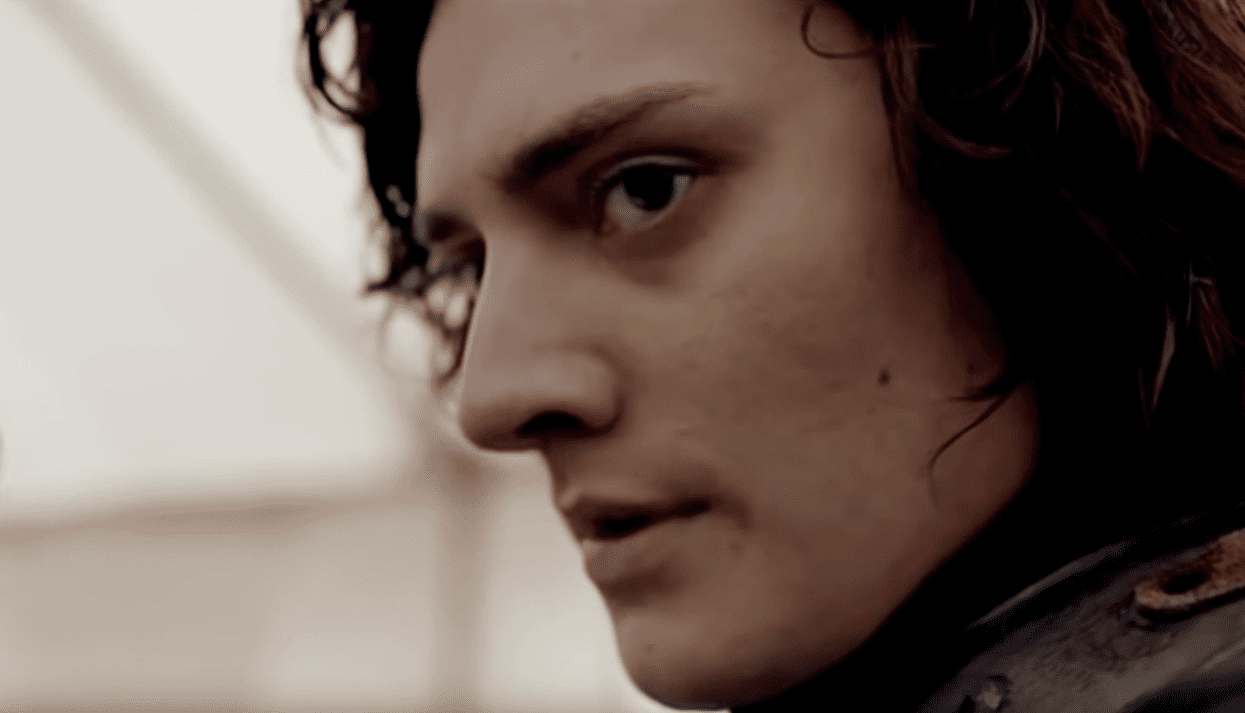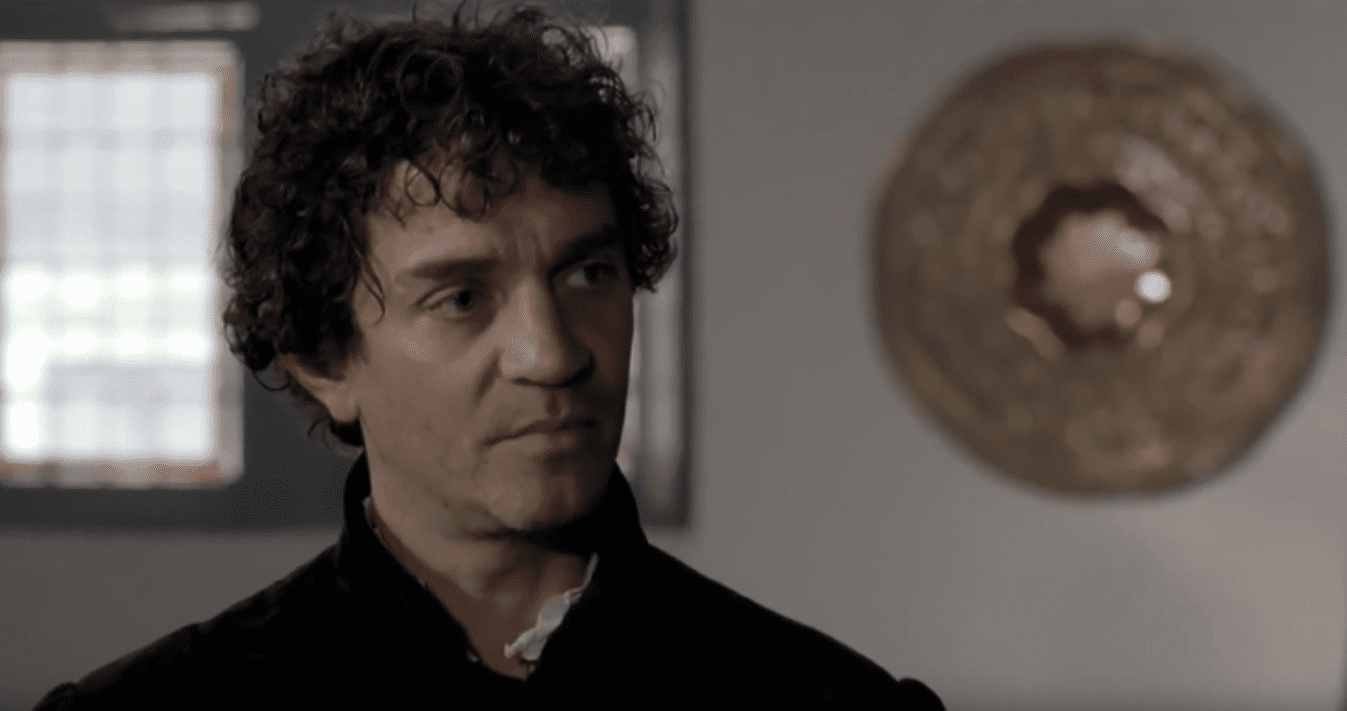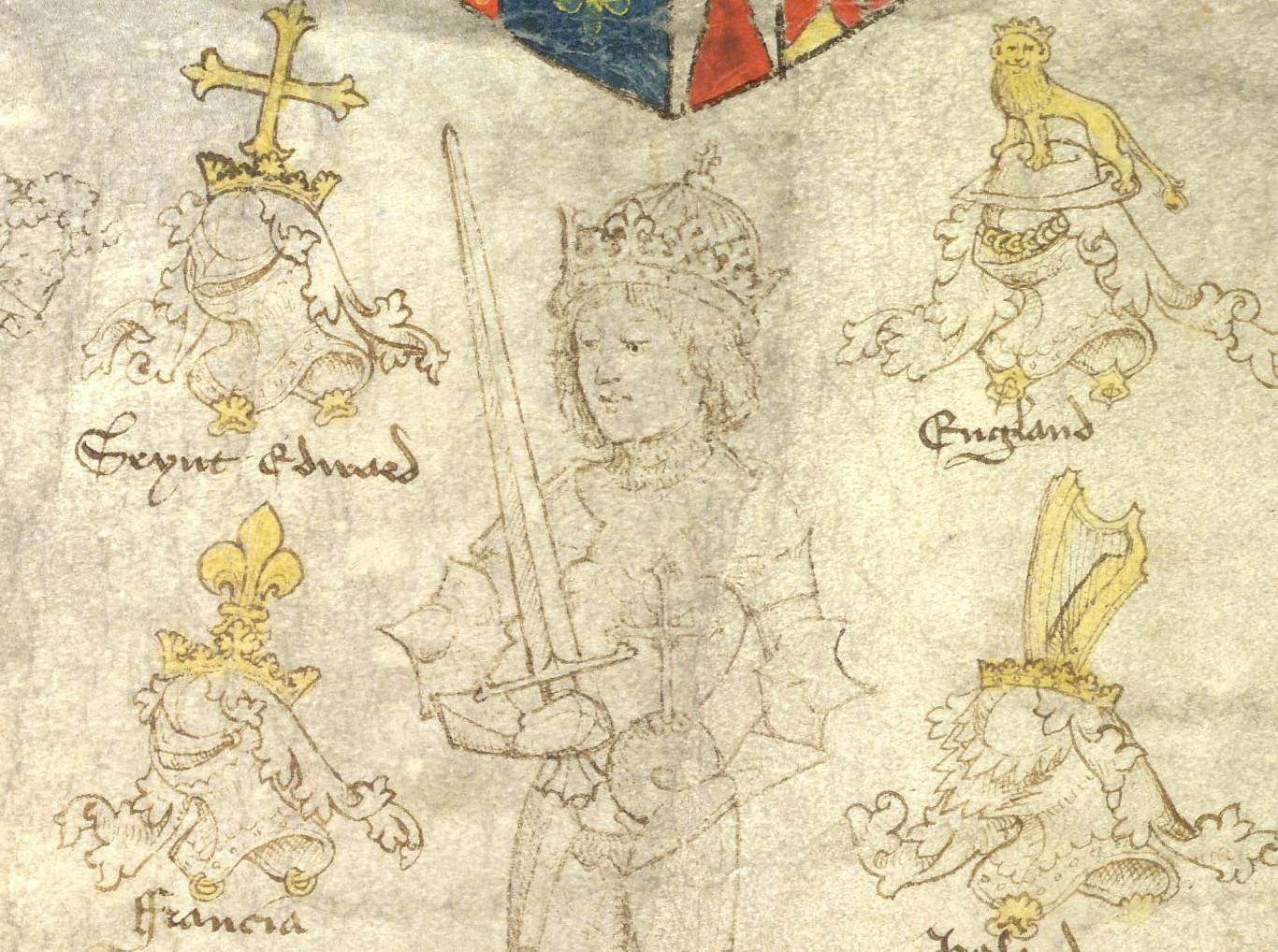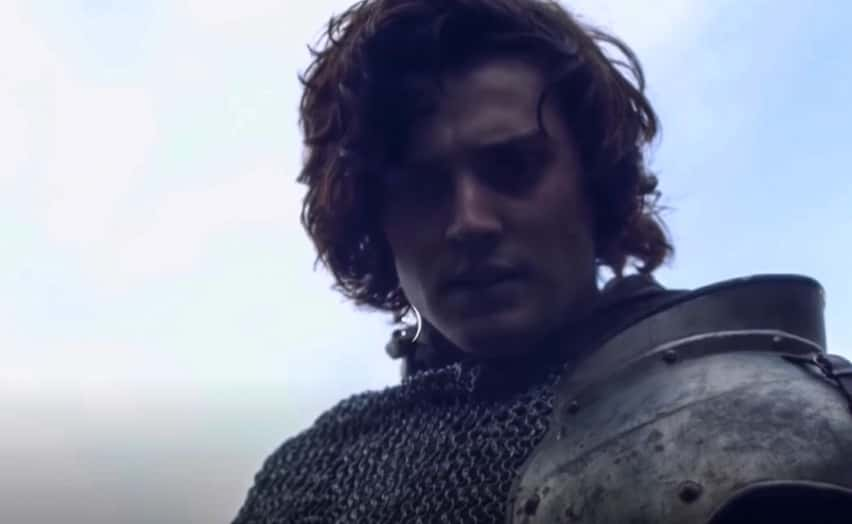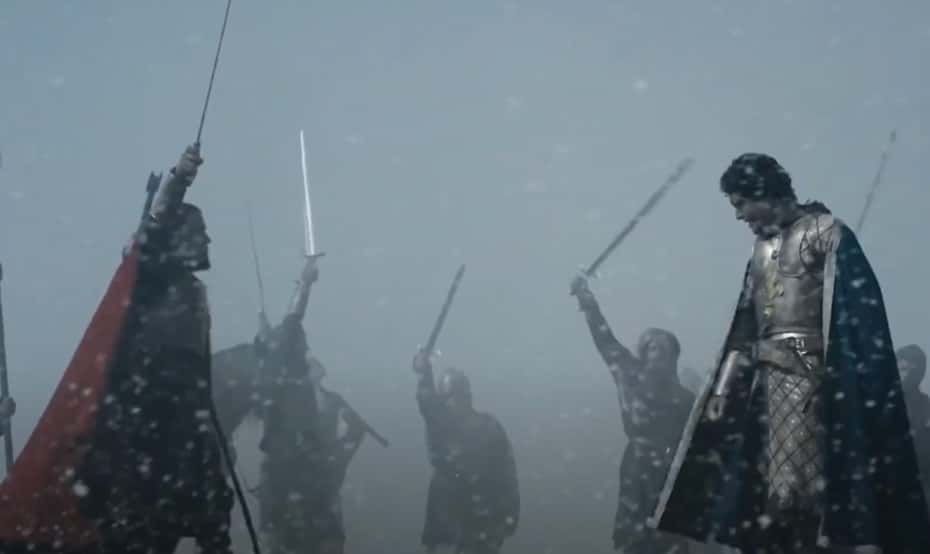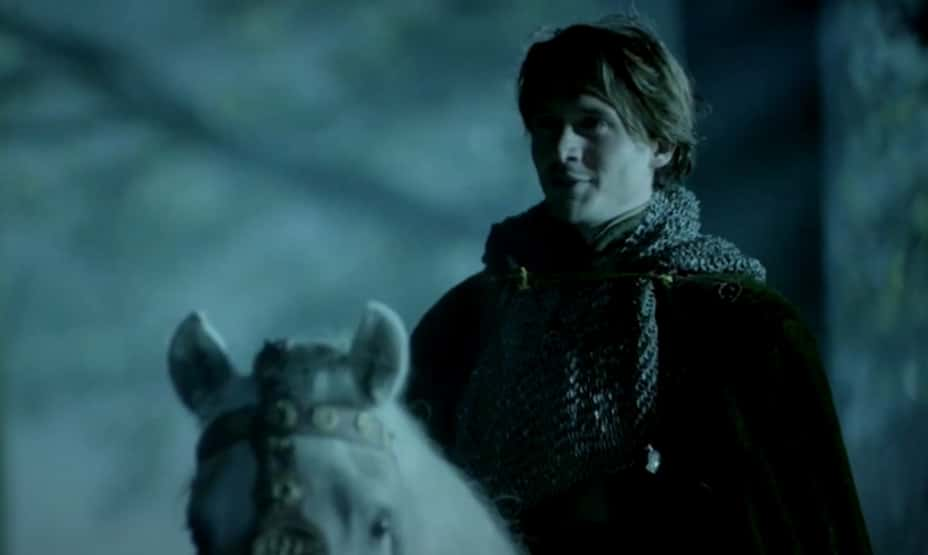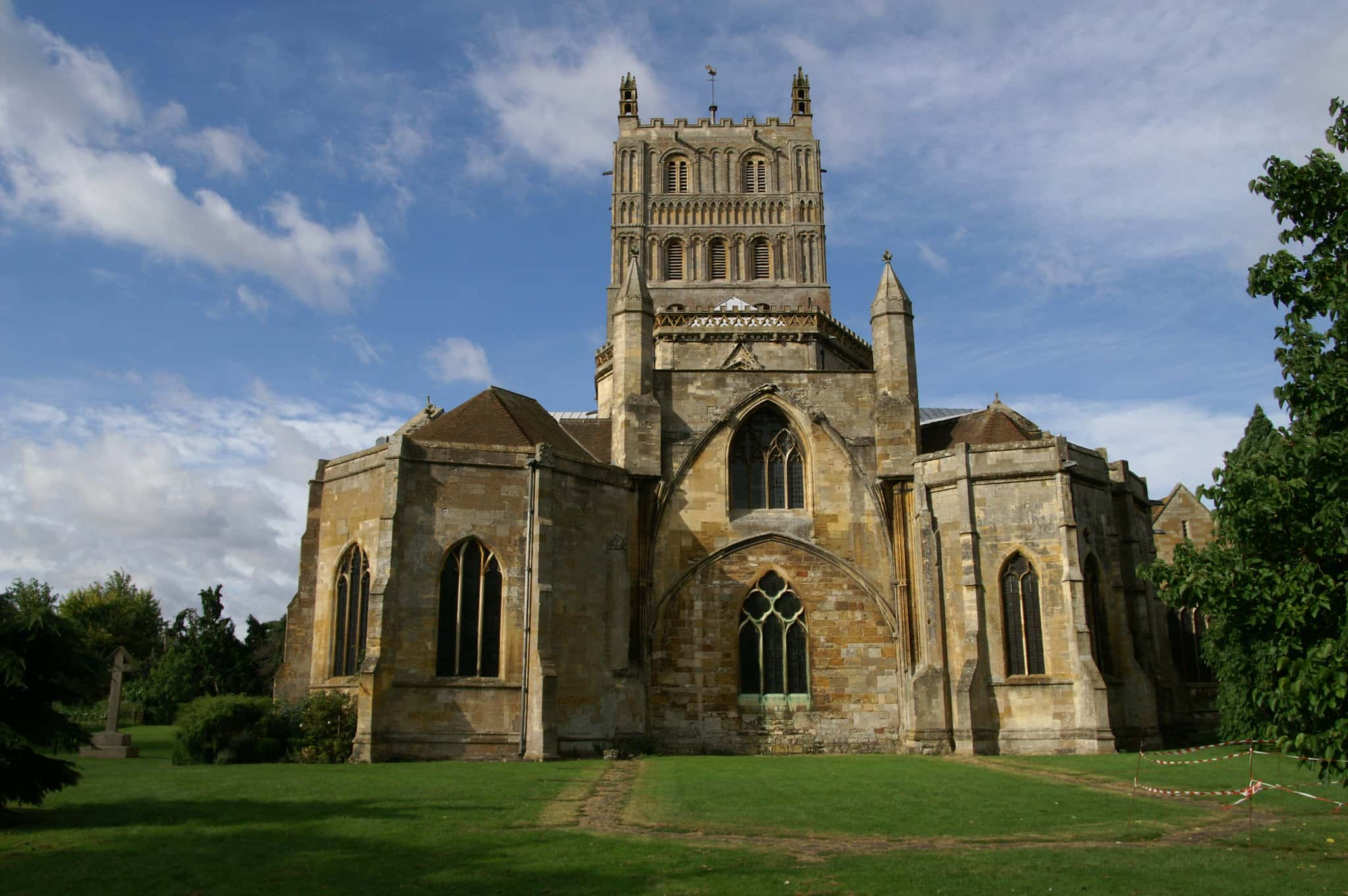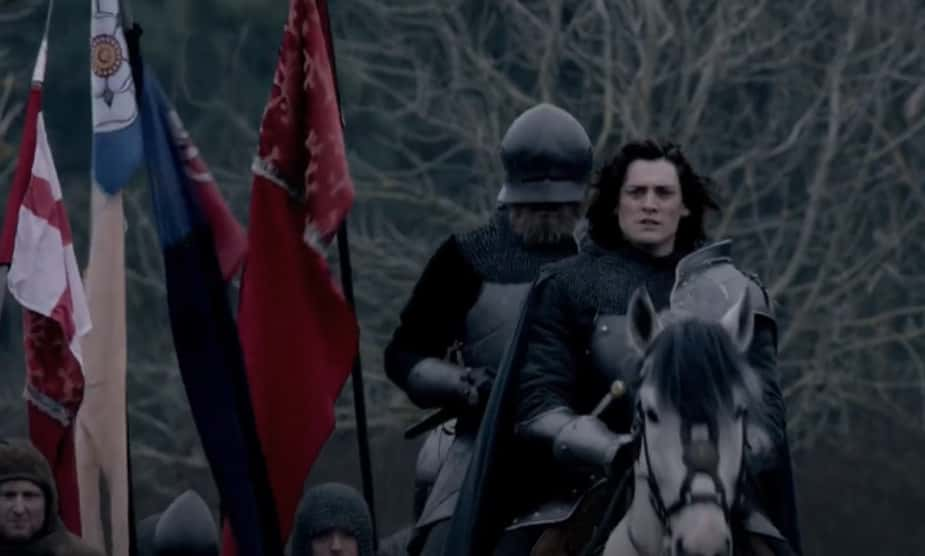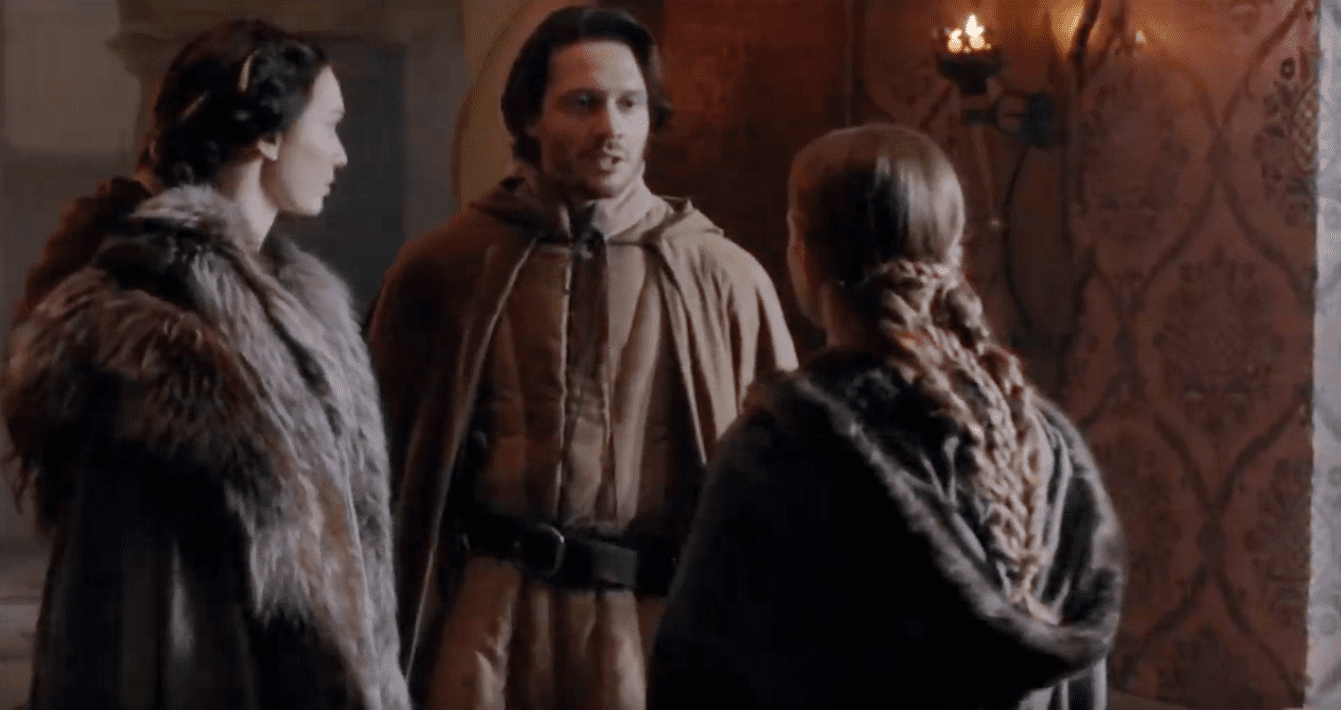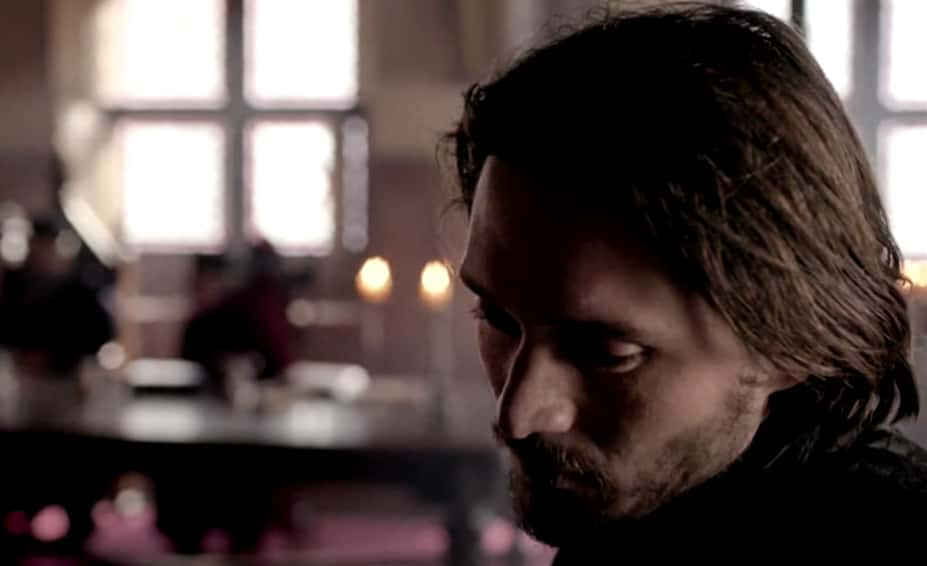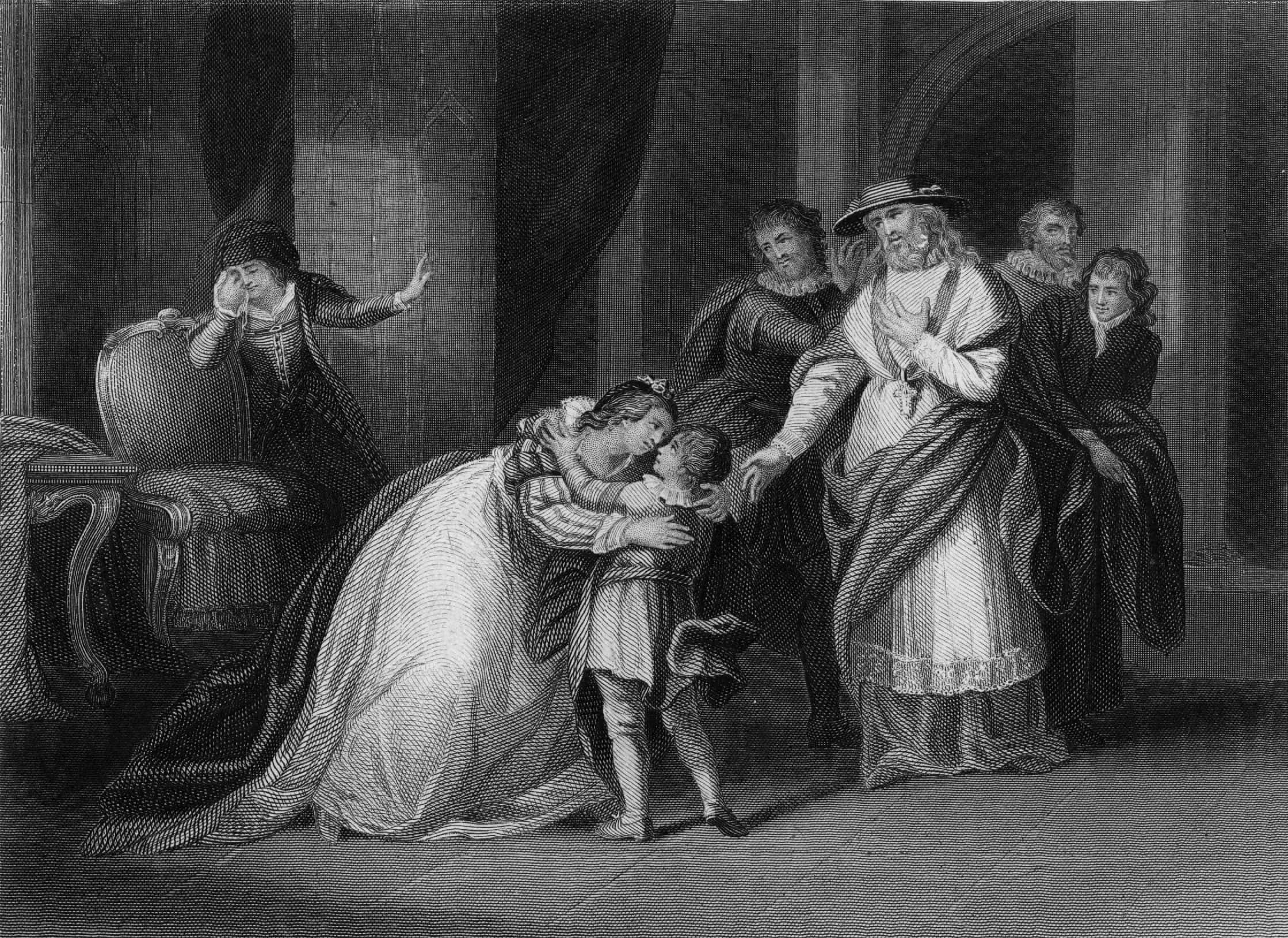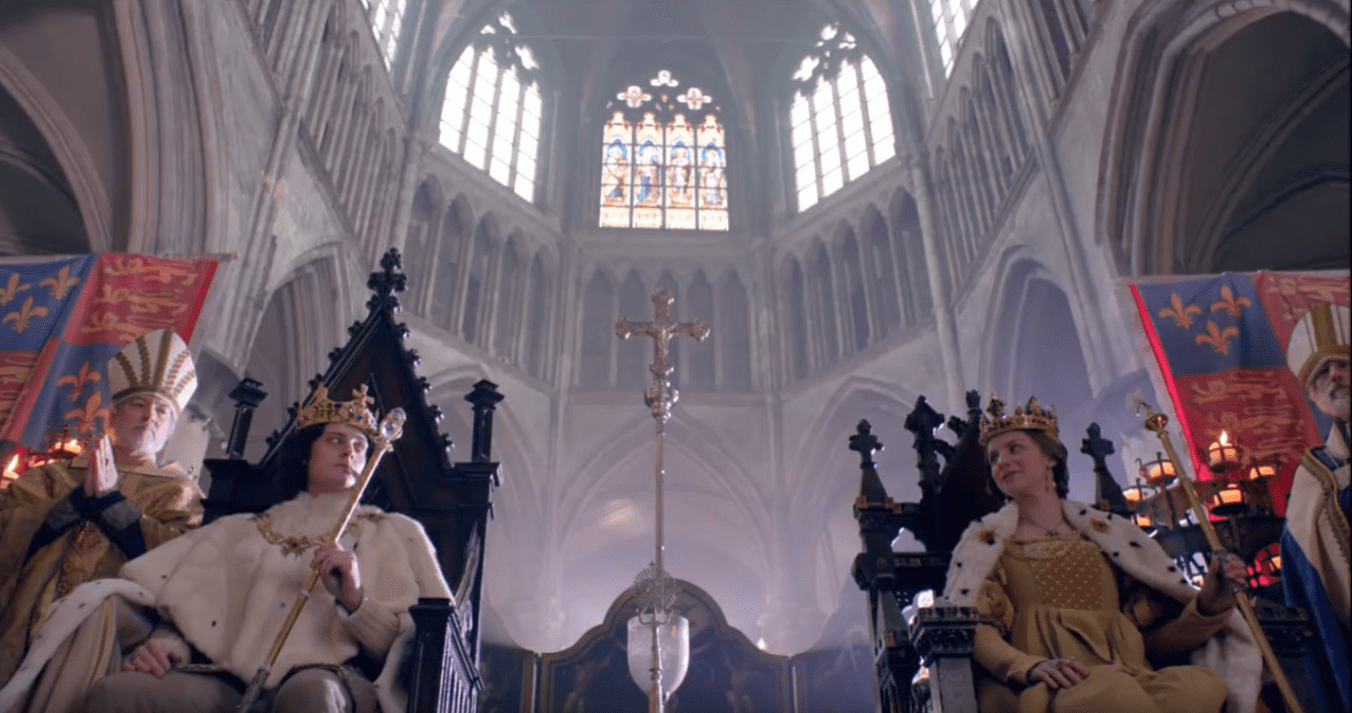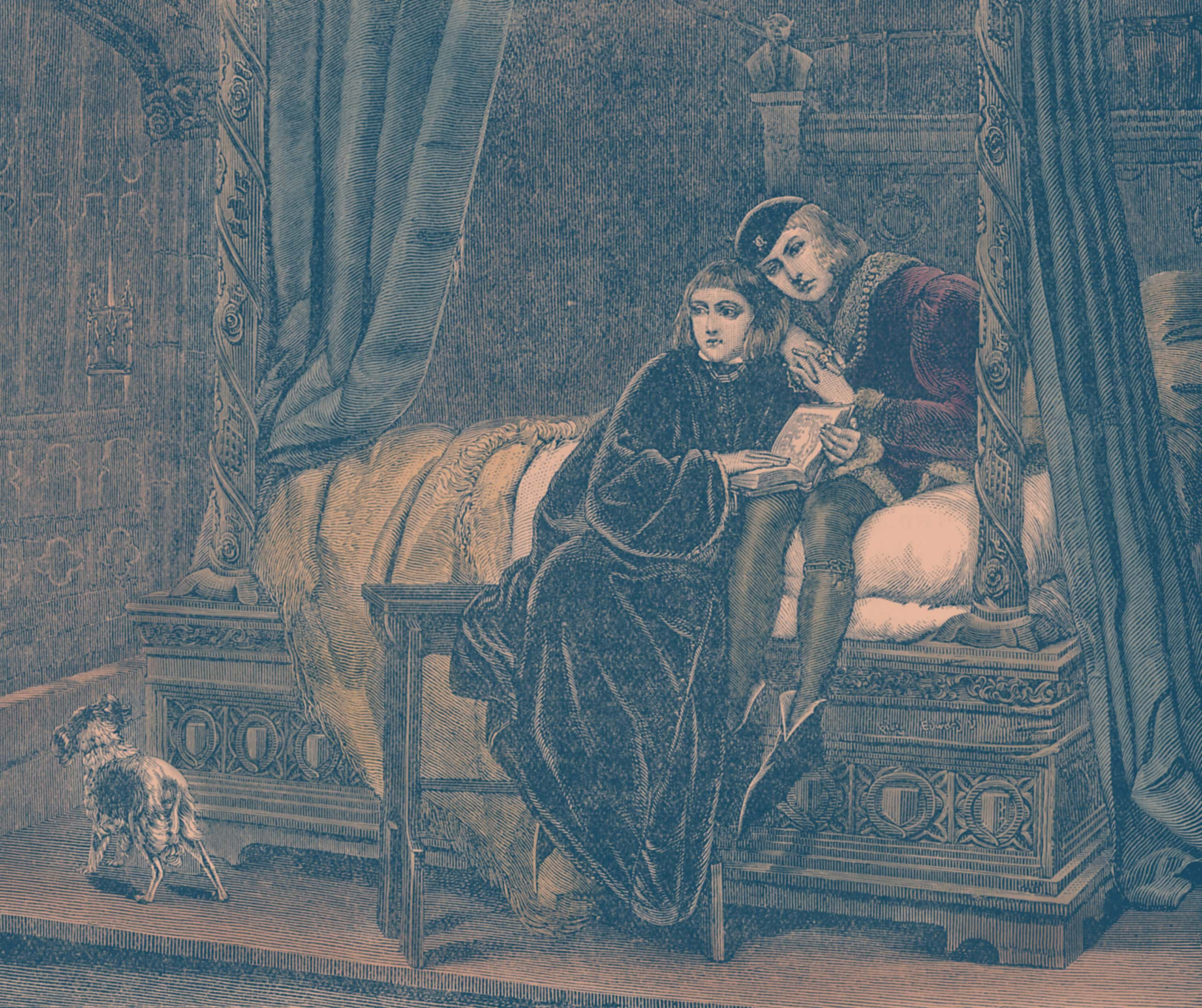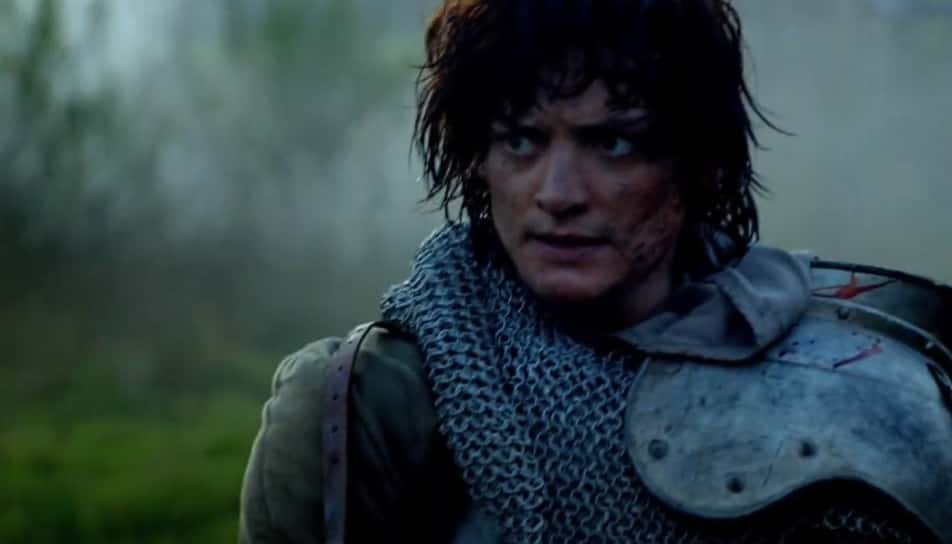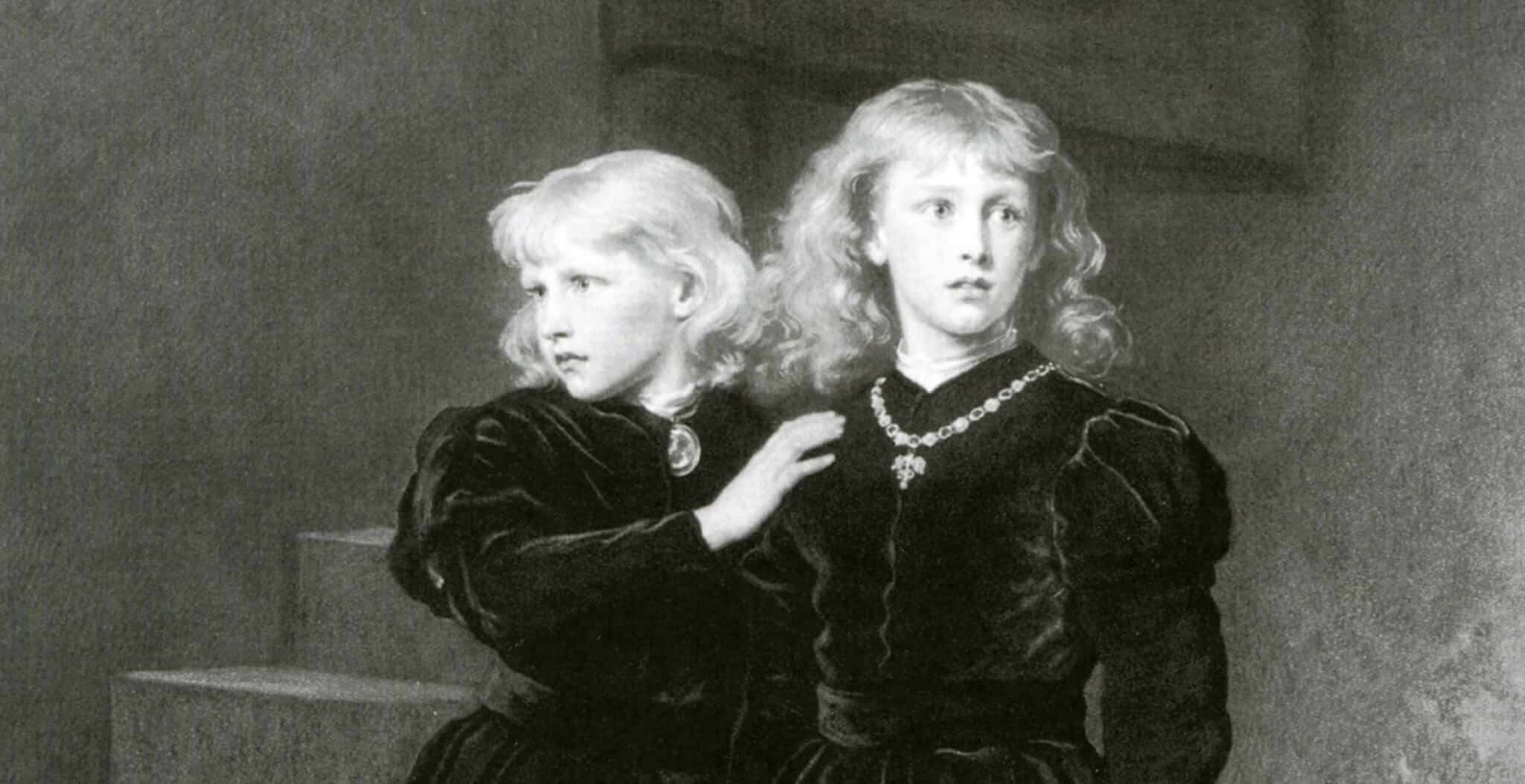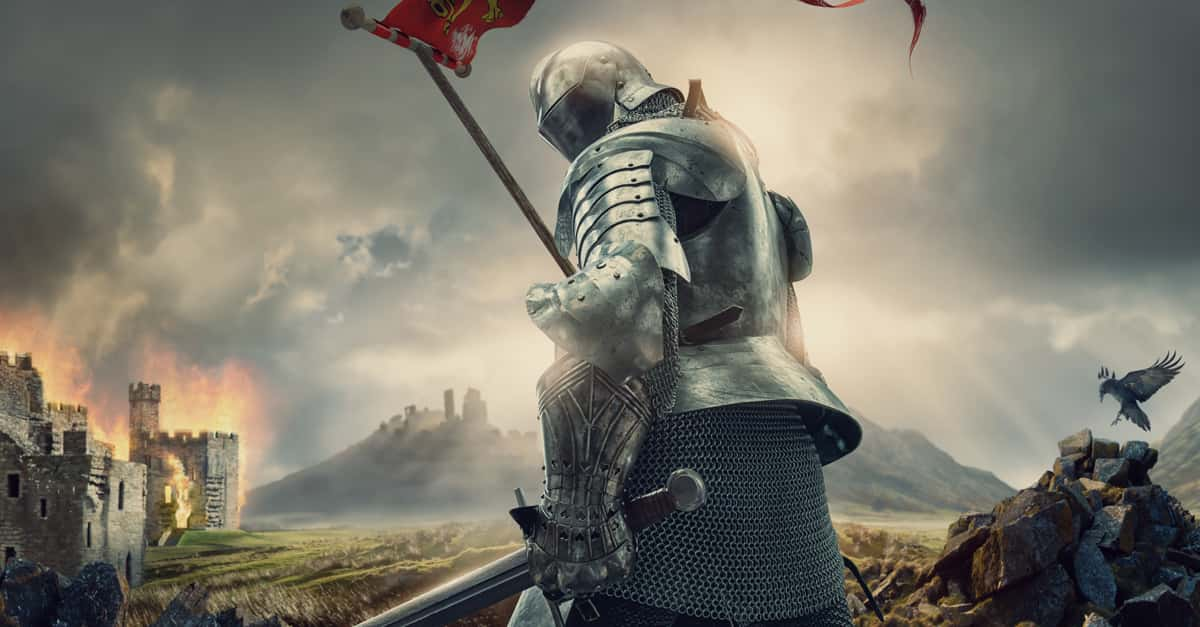Richard III is one of history's greatest villains. He was a deformed usurper who stole the throne and paid the ultimate price for it. But who was the man behind the stories? It turns out, Richard III was one of the most unlikely, ruthless, and compelling rulers in the history of England. So, was Richard III a misunderstood figure, or a tyrant who earned his reputation with blood? Dive into his dark history and decide for yourself.
1. He Was An Unlikely King
Richard has to be one of the unlikeliest men to ever sit on the throne of England. Normally, the crown gets passed down to the King's oldest son, or brother, or maaaybe daughter. Richard was none of those things. Not only was his father, Richard, Duke of York, very much not the king, but he was also York's 11th child and 8th son; not exactly high up in the line of succession.
But Richard III was nothing if not ambitious, and he happened to be born in a time of great opportunity—and great bloodshed.
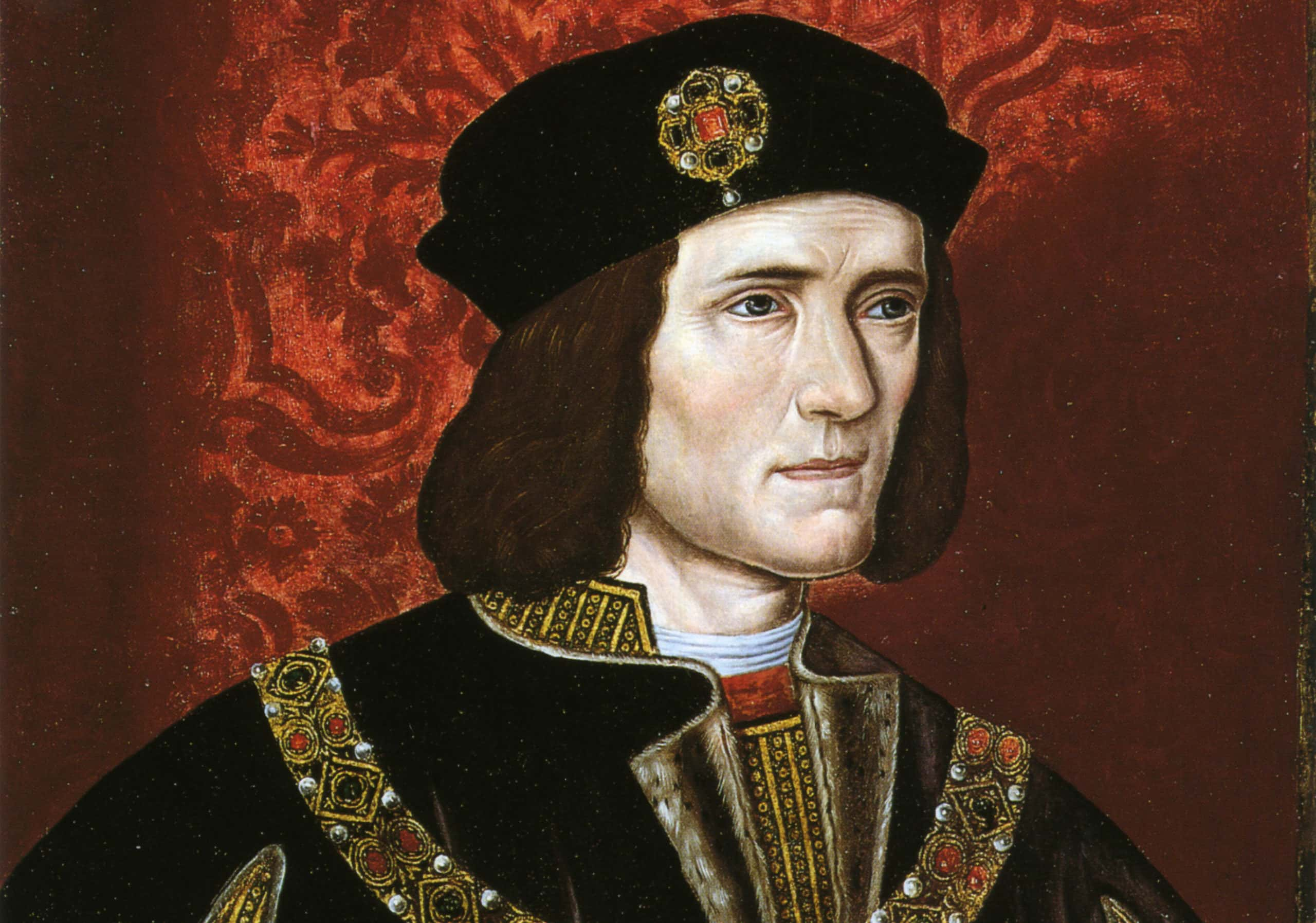 National Portrait Gallery, Wikimedia Commons
National Portrait Gallery, Wikimedia Commons
2. He Lived In A Savage Time
Richard III was born in 1452, right around the outset of the Wars of the Roses. This conflict, which saw the throne of England change hands several times over, would define Richard's entire life. He was forged in the Wars' bloodshed, and it turned him into an incredibly ruthless man. It provided the backdrop for his infamous rise to power—and his gruesome end.
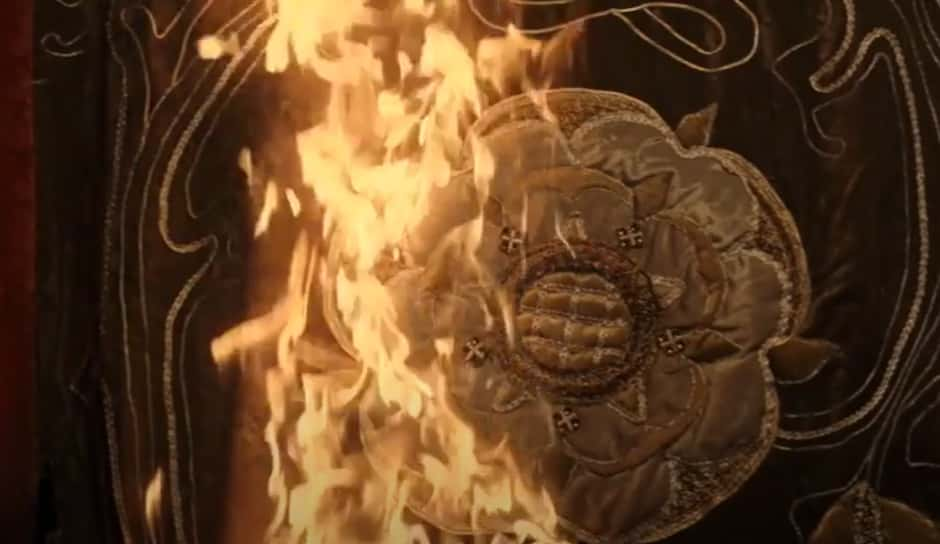 BBC, The Hollow Crown (2012–2016 )
BBC, The Hollow Crown (2012–2016 )
3. He Was A Toddler When The Fighting Started
There were two sides in the Wars of the Roses. First was the Red Rose of Lancaster, led by the Mad King Henry VI and his wife Margaret of Anjou. They fought against the White Rose of York, led by Richard's father, the Duke of York. The fighting started at the First Battle of St. Albans, when Richard III was just two years old. It wasn't long before the conflict started taking a toll on the boy.
 BBC, The Hollow Crown (2012–2016)
BBC, The Hollow Crown (2012–2016)
4. He Became A Prisoner
Richard's father, the Duke of York, didn't have a lot of time for parenting. He had a throne to fight for! So when the fighting went sideways, the Duke had to flee England, abandoning his sons Richard and George to Lancastrians. Just seven years old, Richard found himself a POW, caught up in his father's squabbles for the crown.
Richard and his brother George ended up in the care of the Duchess of Buckingham. The boys were comfortable—though their fate was in Lancastrian hands, and they might have been killed at any moment. Then, around a year later, they received devastating news.
5. He Lost His Father
The Duke of York was a formidable figure and one of the most powerful men in England, but no one is truly safe while playing the game of thrones. The Duke's rebellion was cut violently short in 1460 at the Battle of Wakefield. Both the Duke of York and his second son, Edmund, lost their lives in the fray. The Yorkist cause crumbled, and Richard's mother sent him and his brother George to the Netherlands for fear of their lives.
It seemed as though the Wars of the Roses had met their end—but while the House of York was down, it was not out. Richard would return to his home shores before long.
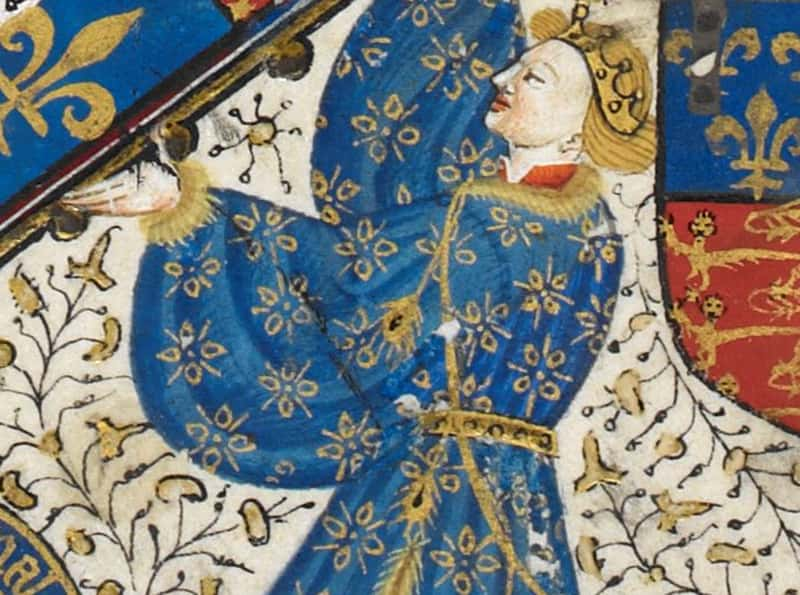 Talbot Master, Wikimedia Commons
Talbot Master, Wikimedia Commons
6. His Brother Got Revenge
The Duke of York was gone, but his oldest son, the soon-to-be King Edward IV of England, was ready to take up the mantle. Though just 19 years old, Edward towered over other men at 6'4" tall, and he inspired those who had supported his father to take up the fight with him. Mere months after the battle that cost the Duke of York his life, Edward returned to England, demolished a Lancastrian force, dethroned Henry VI, and named himself King Edward IV.
The tables had turned, and this meant massive changes for young Richard.
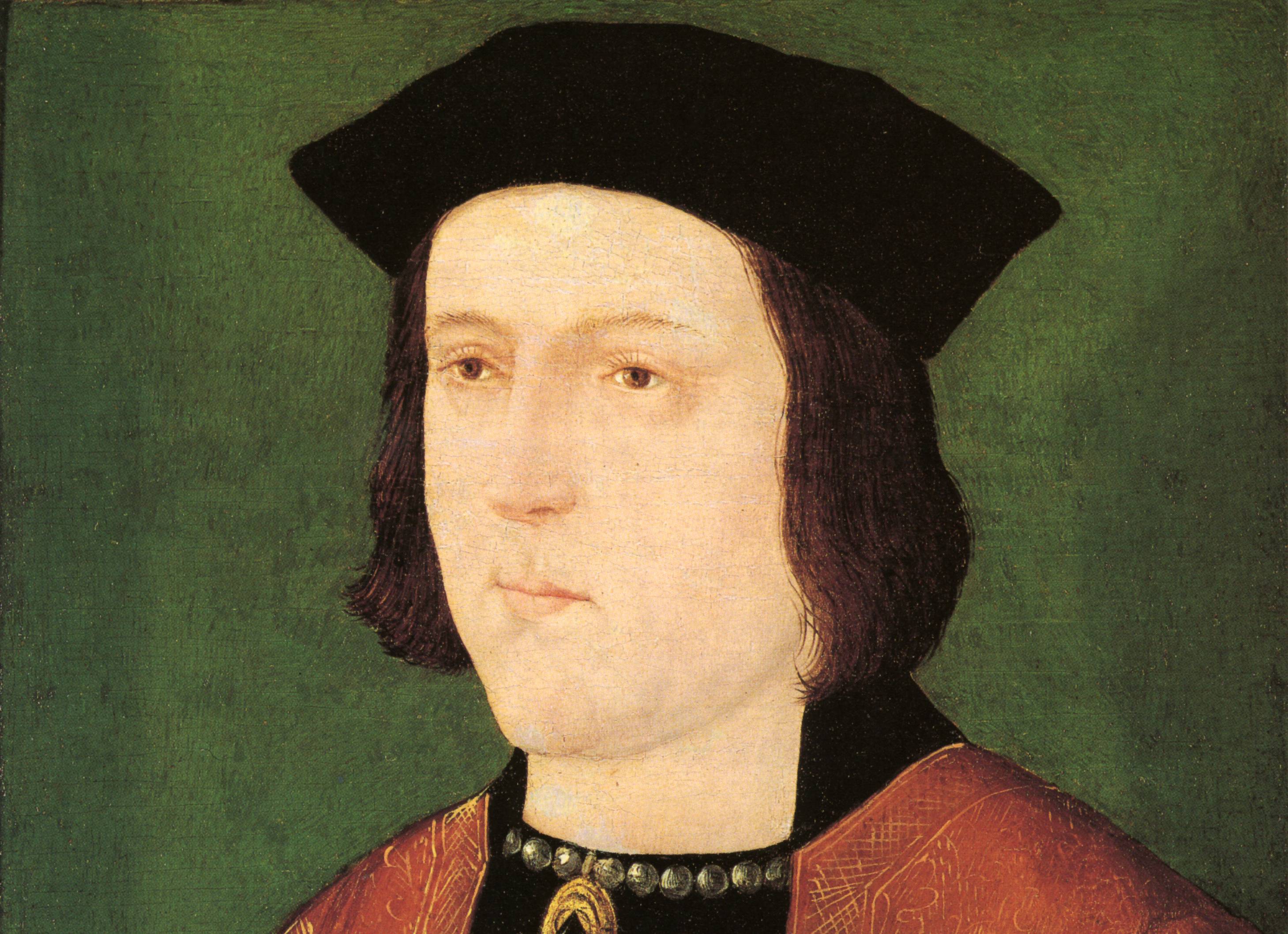 National Portrait Gallery, Wikimedia Commons
National Portrait Gallery, Wikimedia Commons
7. He Trained To Be A Warrior
Richard III was born the 11th child of the Duke of York. Now he was the second brother of the King of England. That's a big difference. Edward sent young Richard to live with his greatest ally: Richard Neville, the infamous Kingmaker who helped multiple men claim England's crown during the Wars of the Roses. The Kingmaker was nearly as ruthless as Edward himself, and the King charged him with training Richard as a knight.
This time with the Kingmaker shaped the man Richard became—for more than one reason.
8. He Met A Girl
Richard got more than just some training from his time with the Kingmaker. He also met Richard Neville's beautiful daughter, Anne. They made a perfect match, but there was just one problem: The Wars of the Roses weren't over. Not by a longshot. Despite their shared youth, Richard and Anne would end up on completely opposite sides of the conflict—though they'd cross paths again before long.
9. He Suffered A Deformity
Richard III spent his teenage years training in the arts of war (and probably sneaking glances at Anne Neville whenever he got the chance). He also developed scoliosis in these years, though no source reveals how it happened. While Richard's curved spine certainly never held him back, it gave men like William Shakespeare fodder to turn him into a deformed monster in their stories.
But, to be fair, Richard III's disturbing actions more than earned him his dark reputation.
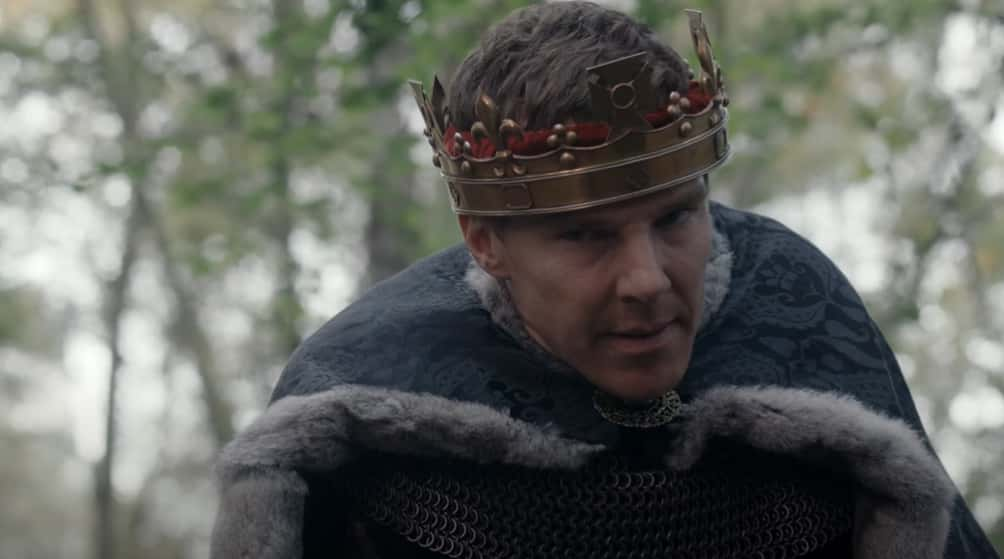 BBC, The Hollow Crown (2012–2016)
BBC, The Hollow Crown (2012–2016)
10. He Led Armies As A Teenager
Edward IV had big plans for Richard. He put his little brother in charge of the Western Counties at just 11 years old. By the time Richard was 17, Edward gave him command of his own army. If you think that seems young, remember: Richard had known nothing but conflict for his entire life. He was more than up to the challenge.
That was a good thing, too. Soon, Edward was going to need all the help he could get. The most shocking betrayal in the entire Wars of the Roses was just around the corner.
11. His Role Model Betrayed Him
Richard Neville. The Earl of Warwick. The Kingmaker. Call him what you will, he was like a second father to Richard III. He knew Neville for longer than he knew his actual father, and Neville played a major role in his upbringing. So we can only imagine how Richard felt when he learned of the Kingmaker's betrayal. Nine years into Edward IV's reign, Neville decided he didn't like the king he'd made.
Neville turned coat and sided with Edward's greatest enemy, Margaret of Anjou. For a time, it seemed like the fight between Lancaster and York was long dead and buried. Turns out, it had only been sleeping.
12. His Brother Lost His Crown
The Kingmaker brought Margaret of Anjou's army to England and forced both Edward and Richard to flee the country. Neville put the Mad King Henry VI back on the throne after a nine-year sabbatical, and the Yorks were forced to consider their next move. Richard and Edward reeled from Neville's betrayal—but that wasn't even the worst part. Richard lost the love of his life as well.
13. His Girl Married Someone Else
Many in England had long assumed Richard and Anne Neville would marry before long—but as allegiances changed, old plans went out the window. In order to prove his loyalty to Margaret of Anjou, Richard Neville married his daughter off to Anjou's son, Edward of Westminster. So now, not only had Richard's surrogate father turned on him, but he lost his lady love in the process too. Yet still, the news just kept getting worse for Richard and the Yorks.
It was already bad enough that the Kingmaker had switched sides—then the Yorks learned one of their own had turned on them as well.
14. His Brother Stabbed Him In The Back
Richard wasn't the only York who had his eyes on a daughter of the Kingmaker. His older brother George had married Neville's daughter Isabel not long before the betrayal—notably against the king's wishes. When Neville switched allegiances and deposed Edward, George betrayed his own blood and sided with his wife's family. Richard, meanwhile, stayed true to his brother. He too had the hots for one of Neville's daughters, but that wasn't enough to make him turn on his own.
Either way, neither Edward nor Richard would forget George's betrayal—and he would pay the ultimate price for it in the end.
15. He Came Back With A Thirst For Blood
Oh George, you picked the wrong side. Mere months after Richard Neville kicked Edward IV off the throne, Edward and Richard returned to England with a vengeance. By now, Richard was 18 years old and desperate to prove himself on the field of battle. And boy, did he ever...
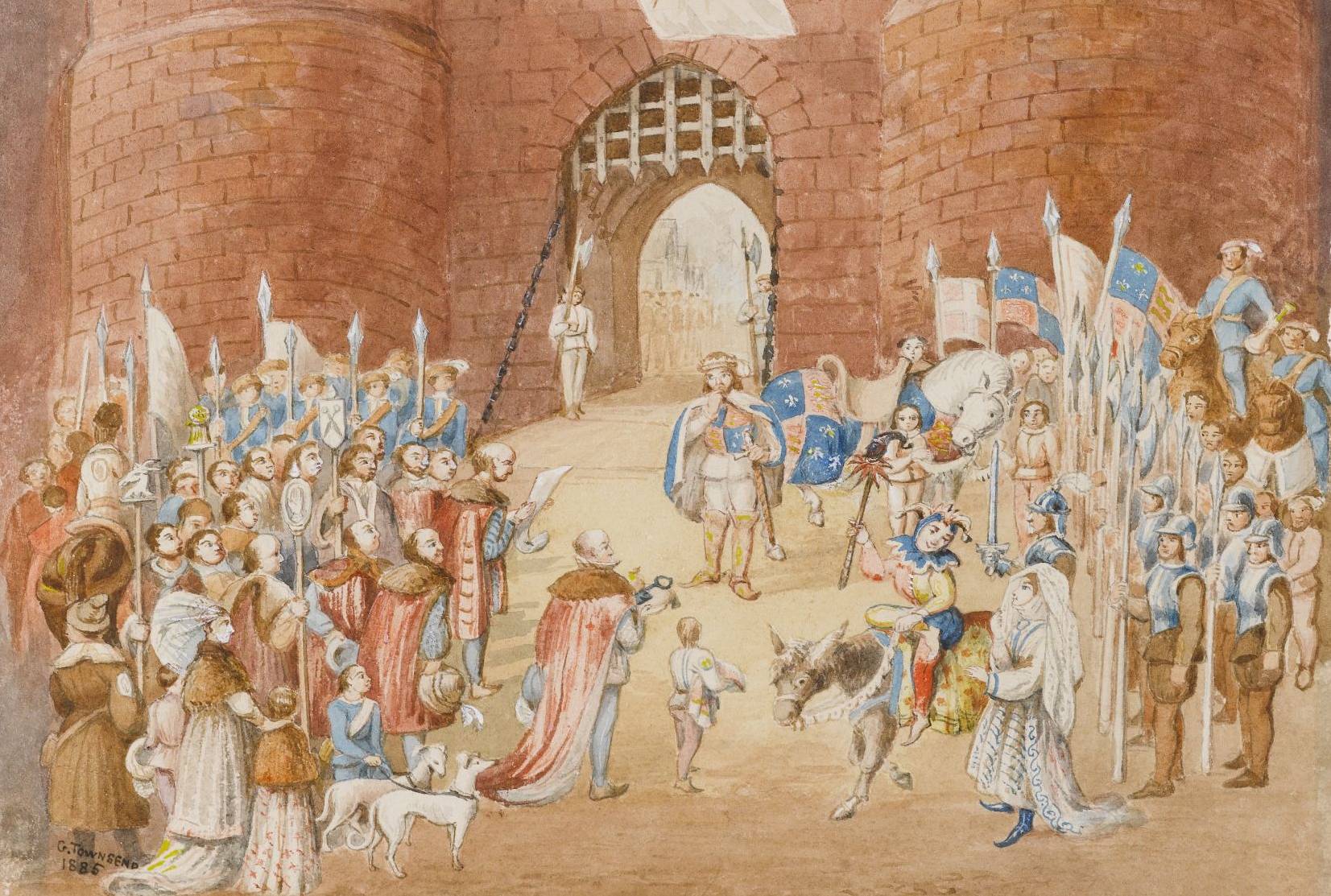 George Townsend, Wikimedia Commons
George Townsend, Wikimedia Commons
16. He Proved Himself In Battle
King Henry VI's second stint on the throne didn't last long. Edward and Richard were only gone for a few months, and when they came back, they were out for blood. This was the first time that Richard III really got to show what he was made of in battle, and he was more than up to the challenge. It turns out, the boy who had known nothing but strife for his entire life was pretty darn good at it.
Soon enough, Richard and his brother had the Lancastrians on the ropes once again.
17. He And His Brother Took Down The Kingmaker
The Kingmaker had betrayed both Richard and Edward. They didn't have to wait long to get their revenge. They met Neville's forces at the Battle of Barnet, and the Kingmaker didn't survive the fray. Neville had been one of the richest, most powerful men in England, but he died in the mud the same as any of his men. But that wasn't the Yorks' only victory that day...
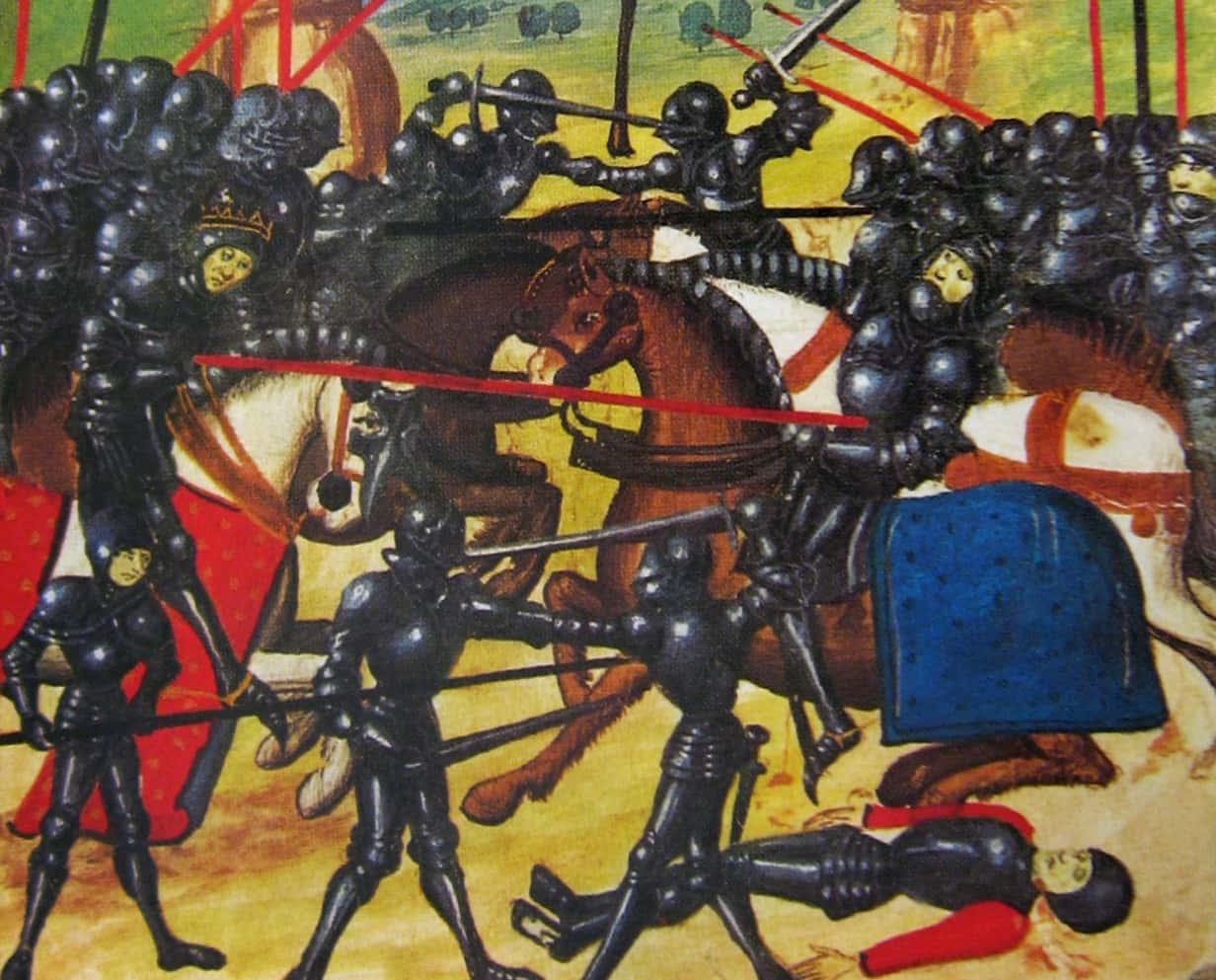 Unknown Author, Wikimedia Commons
Unknown Author, Wikimedia Commons
18. He Brought His Brother Back
Before the Battle of Barnet, Edward sent Richard to their traitorous brother George with an offer to let bygones be bygones. Maybe George sensed defeat in the air, because he readily accepted and returned to his brothers' side—though if he knew what was coming, maybe he'd have preferred to die on the battlefield like the Kingmaker.
19. He Got Two Birds With One Stone
Next up came the Battle of Tewkesbury, and I bet this one felt particularly good for our pal Richard III. Why? Well, remember how Richard had the hots for Anne Neville? He must have been devastated when she married Edward of Westminster—and he must have felt amazing when he learned that his brother's forces had slain Edward at the Battle of Tewkesbury.
Richard's side had won and the guy who took his girl was dead? Talk about a good day for Richard III.
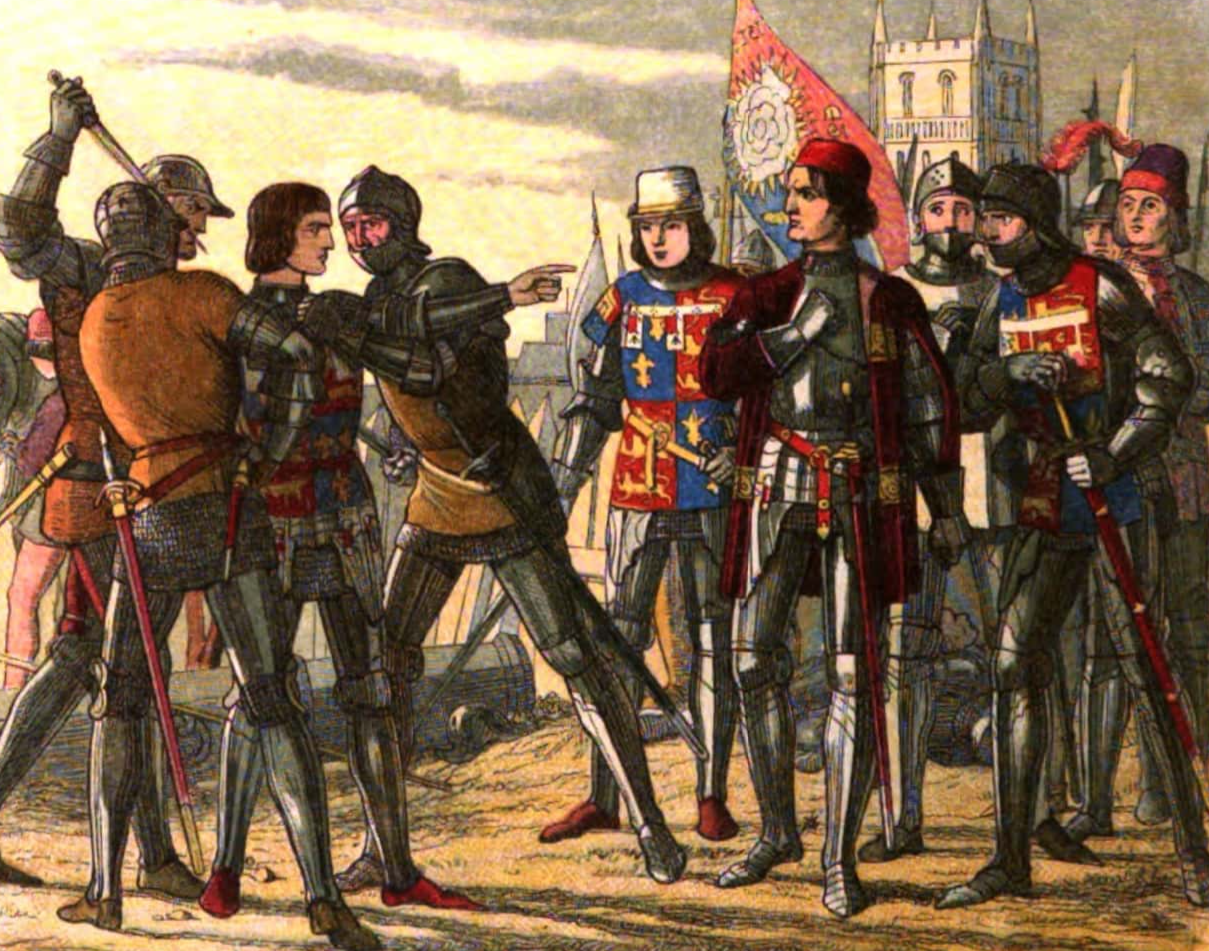 James William Edmund Doyle, Wikimedia Commons
James William Edmund Doyle, Wikimedia Commons
20. He Had A Dark Side
Despite his short stature and twisted spine, the 18-year-old Richard III proved himself a warrior at the Battles of Barnet and Tewkesbury. He shined in battle and played a pivotal role in the Yorkist victories. He also revealed his dark side for the first time, and it was horrifying. After the fighting stopped, several Lancastrian lords claimed sanctuary in Tewkesbury Abbey.
But Edward and Richard were on the warpath, and not even holy ground would stop them.
21. He Showed No Mercy
There are two competing theories about what happened next. Either Richard and Edward had their men drag the lords out of the abbey kicking and screaming, sanctuary or no sanctuary, or they convinced them no harm would come to them if they left. Either way, we know what happened next: The Yorks had the men unceremoniously executed as traitors to the crown.
It appears as though Edward IV had created a monster—but this was just the beginning. Richard would stoop to even darker depths before long.
22. He Got The Girl—For A Price
After the Battle of Tewkesbury, Richard III got to do something he'd been waiting a long time for: He finally married Anne Neville. He'd been pining after her ever since he was a boy—and the fact that she stood to inherit some of the richest lands in all of England certainly didn't hurt either. But there was just one problem with this union: Richard's brother George was completely against it.
Remember, George was married to Anne's sister, and he wanted that juicy inheritance all to himself. But, George never expected what Richard was prepared to do to marry Anne.
23. He Was In It For Love
Even at just 19 years old, Richard III was undoubtedly one of England's most ruthless men—which made his offer to his brother George all the more surprising. He agreed to renounce his claim to all of the Nevilles' richest lands. He just wanted Anne...or so he said. That offer was too good to pass up, and George finally consented to the marriage.
It seems as though Richard truly loved Anne Neville and cared nothing for her lands—or maybe he just knew what the future had in store for his brother George.
24. His Brother Met A Chilling Fate
George was worried about getting his wife's inheritance—but he should have been more worried about his own skin. As the years went by, he grew more and more estranged from his brothers. Finally, in 1478, his relationship with the king reached a breaking point. Edward had George executed for treason. Some stories claim the way he did it was absolutely brutal: They say Edward had his brother drowned in a barrel of fine English vino.
In the end, Richard got the girl he wanted and all the inheritance he could ask for. But his lady love and all the money he could ask for wasn't enough for Richard III. He needed more.
25. He Craved Power
Richard III wanted to be the King of England, but it didn't really seem like it was in the cards. His brother Edward IV had two sons—that put Richard third in line for the throne. Oh well, at least Richard had done pretty well for himself, right? Sure, he wasn't going to be king, but he had a lot to be proud of! Yeah, in case you couldn't tell, that wasn't going to fly for our pal Richard.
When Edward died in 1483, Richard wanted that throne—and he was willing to go to some disturbing lengths to get it.
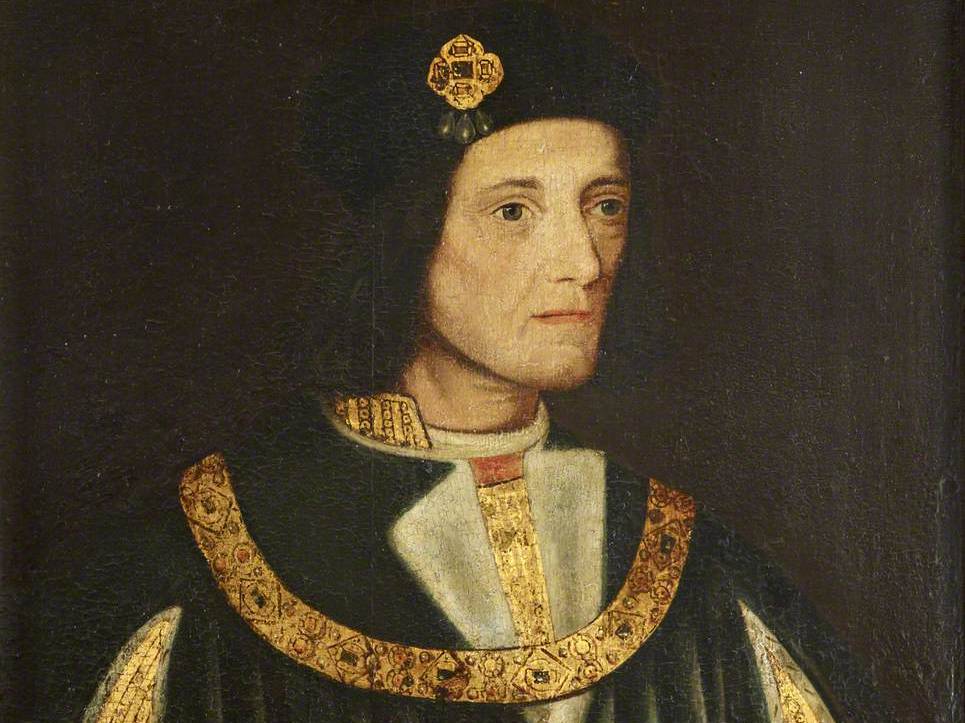 National Trust, Wikimedia Commons
National Trust, Wikimedia Commons
26. He Got Rid Of His Rivals
When Edward IV croaked, Richard became Lord Protector and tracked down his nephew, now the 13-year-old King Edward V, to escort the boy to London—for his protection of course. But it was only a matter of days before things started going sideways. Richard then had Edward's maternal uncle, the Earl Rivers, and several of his associates executed for "treason."
Okay, not exactly the smoothest start, but Richard was just looking out for his nephew, right? Not exactly...
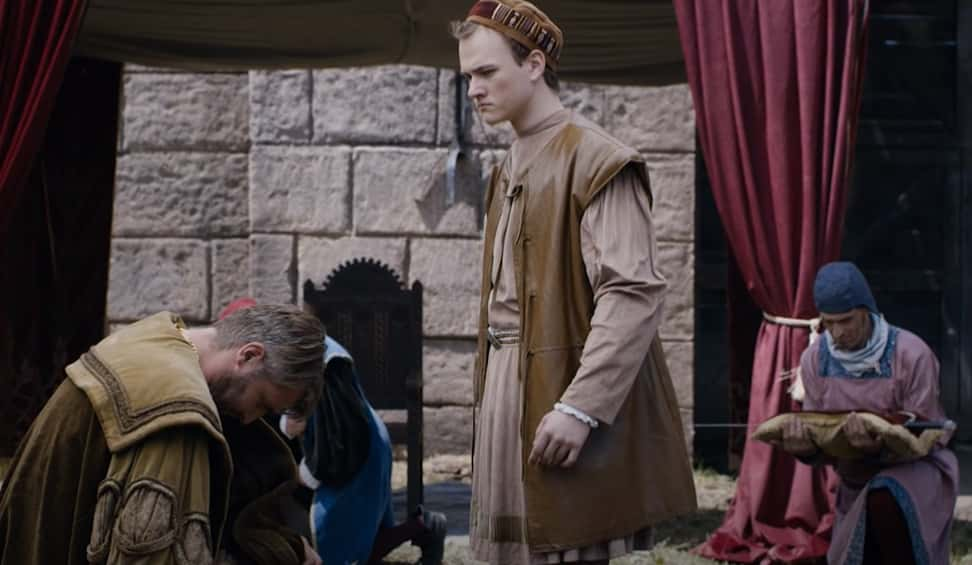 Channel 5 Productions, Britain's Bloody Crown (2016)
Channel 5 Productions, Britain's Bloody Crown (2016)
27. His Terrified His Sister-In-Law
His brother's widow Elizabeth Woodville must have sensed blood in the water. When she heard about her brother's execution, she gathered up her remaining children—including her other son Richard, who was now second-in-line for the throne—and fled to sanctuary at Westminster Abbey. She shouldn't have had anything to worry about: Her son Edward was the rightful king, and there was no crisis of succession.
I guess Elizabeth knew what kind of man her brother-in-law Richard was, and she panicked. Yet I still doubt she realized what Richard had in store for her poor sons.
28. He Locked His Nephew Away
Upon arrival in London, Richard convinced his nephew, King Edward V, that he was in grave danger. He moved Edward to the Tower of London, just to be safe. It made sense—after all, there was no more secure place in the entire city. But a fortress can easily become a prison. Young Edward didn't realize it, but as he stepped through the gates of the Tower, he was stepping into his own tomb.
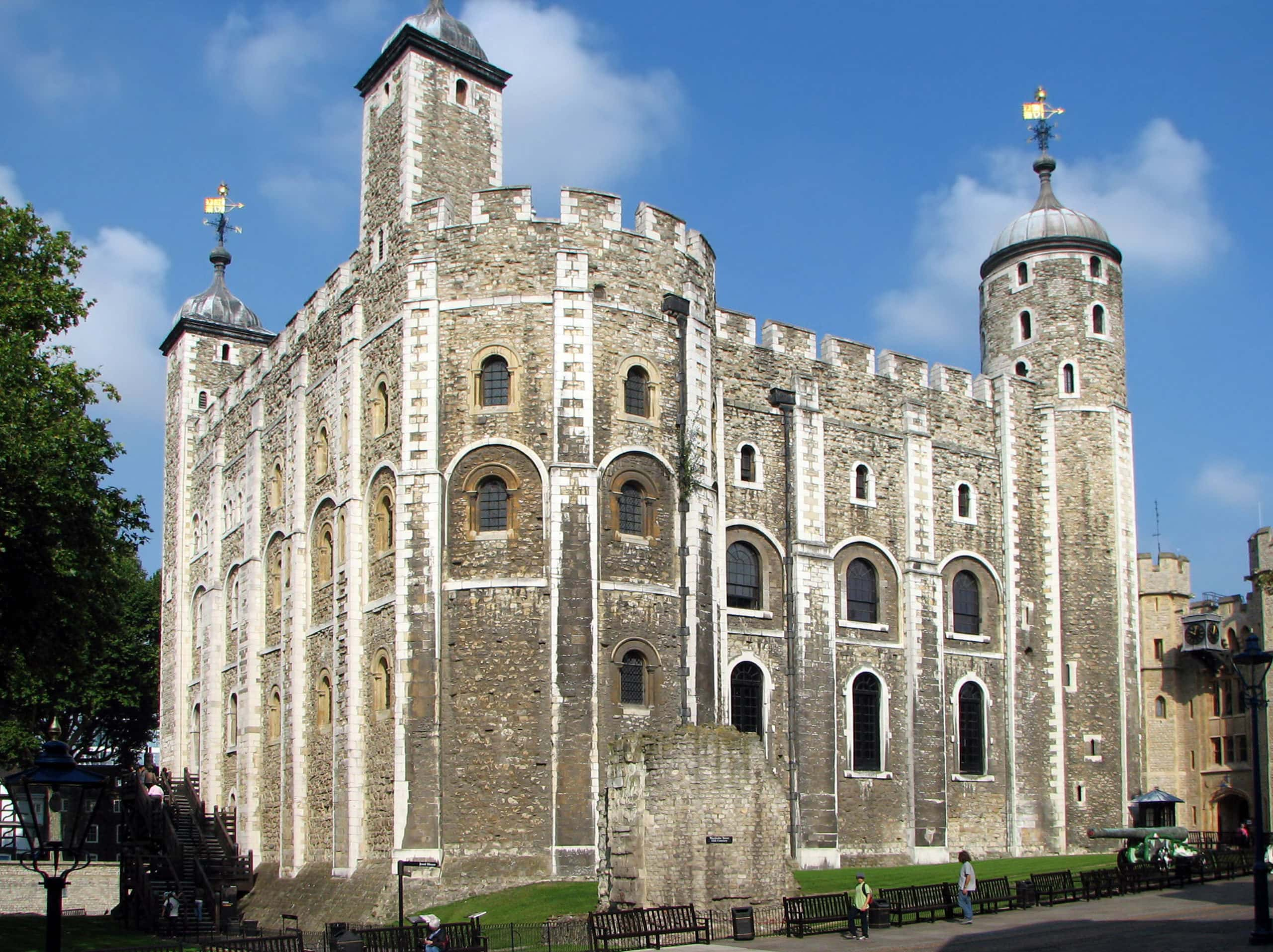 Bernard Gagnon, CC BY-SA 3.0, Wikimedia Commons
Bernard Gagnon, CC BY-SA 3.0, Wikimedia Commons
29. His Sister-In-Law Was Too Trusting
To this point, even though the situation was getting tense, Richard hadn't actually made his move yet. Edward was still set for his coronation on June 22, 1483, and to the unsuspecting onlooker, nothing was amiss. Maybe it was this false sense of security that led Queen Elizabeth to make a fatal mistake. She handed her other son, Richard, over to the Archbishop of Canterbury, so that he could attend his older brother's coronation.
Neither he nor Elizabeth yet realized that that coronation was never going to happen. Richard III sent the boy to join his brother in the Tower of London—where they eventually shared the same dark fate.
30. He Claimed The Throne For Himself
Finally, the day of the coronation came—and with it came an absolute bombshell. Standing outside Old St. Paul's Cathedral, a priest announced that Edward IV's marriage to Elizabeth had been illegitimate all those years. That meant his children, including the two boys now known as the Princes in the Tower, were illegitimate as well, and Richard III was the rightful heir to the throne.
The people of London ate up the totally bogus story and demanded that Richard take up the crown. Richard, of course, humbly accepted this burden in light of these shocking new revelations...yeah right.
31. He Became King Against All Odds
Though no one can say for sure who masterminded the whole twisted scheme, Richard III certainly had the most to gain from it. He accepted the people's will and became King Richard III on July 6, 1483. He'd started off as the 11th child of the Duke of York. He was a POW at seven, a general at 17, and now, at 30, he became one of the unlikeliest kings in the history of England.
But what of his two nephews, still under watch at the Tower of London?
32. His Nephews' Fates Are Unknown
The Princes in the Tower shouldn't have posed a threat to the new King Richard III. After all, the Church had declared them illegitimate; they didn't have a claim to the throne any longer. But Richard was too smart to take that for granted. You and I can easily see that his rise to the throne was suspicious, and you can bet people in England could see it too. Someone might have decided to put the rightful king back on the throne.
No one knows exactly what happened to them, but one thing is certain: After Richard became king, no one ever saw the Princes in the Tower alive again.
33. He Faced Rebellion
Richard III's blatant machinations to claim England's throne sent a message: The crown was up for grabs for whoever was willing to take it. If Richard hoped to have a long, successful reign like his brother, he was going to need to fight for it. The first rebellion started up just a few months after he took the crown, led by the Duke of Buckingham.
But, in the immortal words of Omar Little: You come at the king, you best not miss. Buckingham was going to learn that the hard way.
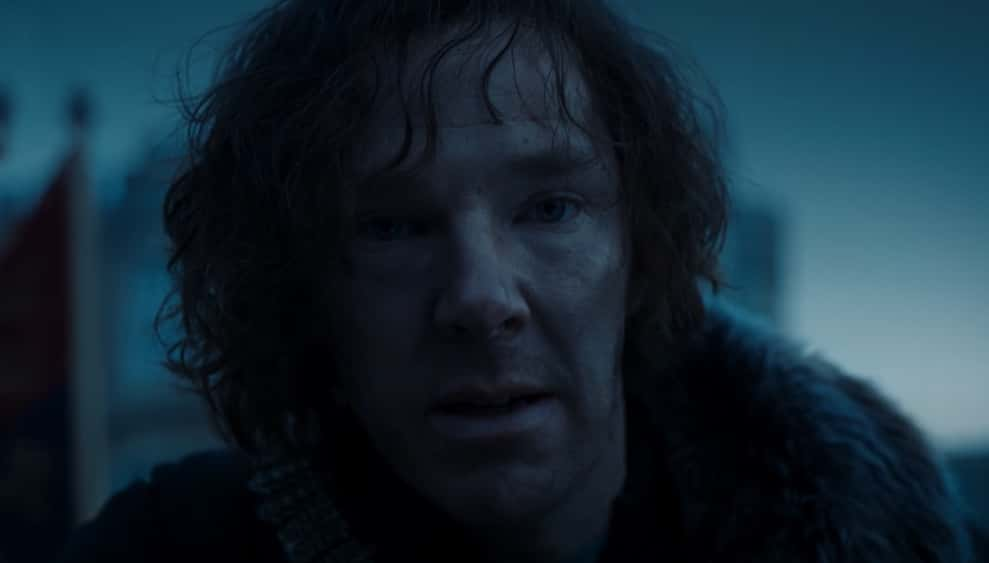 BBC, The Hollow Crown (2012–2016)
BBC, The Hollow Crown (2012–2016)
34. He Had A New Enemy
At first, Buckingham's plan was simple: Rescue young Edward V from the Tower of London and put him back on the throne. But it didn't take long for rumors about the Princes' demise to spread out of London. Buckingham probably should have cut his losses right there, but in for a penny, in for a pound. Buckingham came up with another plan: There was a young lordling in exile in France who had a tenuous claim to the throne. He was sure to make a better king than the treacherous Richard III, right?
That lordling's name was Henry Tudor, and he'd change the course of history forever.
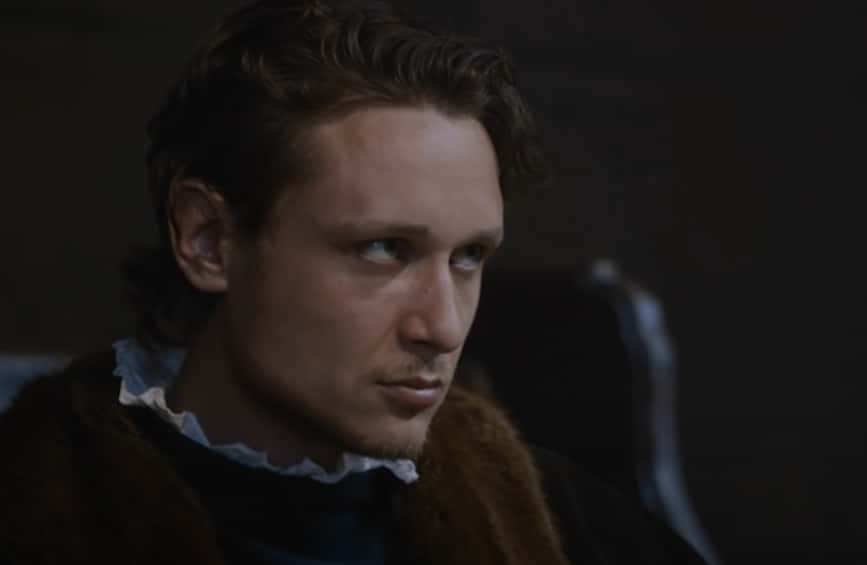 Channel 5 Productions, Britain's Bloody Crown (2016)
Channel 5 Productions, Britain's Bloody Crown (2016)
35. His Rival's Plan Went Up In Flames
The Wars of Roses were suddenly up and running again after over a decade of peace. The Duke of Buckingham went to France to gather an army, and then returned in force to teach Richard III a lesson. Only, things couldn't have gone more wrong. A storm blew through the English Channel that day, forcing Henry Tudor's ships to return to France. Buckingham's ships made it, but they scattered across the English shoreline—and found Richard III's forces waiting for them when they arrived.
It was a disaster for Buckingham and his rebellion—and it was going to get a lot worse before it got any better.
 James William Edmund Doyle, Wikimedia Commons
James William Edmund Doyle, Wikimedia Commons
36. The Traitor Tried To Sneak Away
The Duke of Buckingham probably had dreams of defeating Richard III in glorious battle—but that's not quite how things played out. When his ships finally made shore, they were hopelessly scattered and lacking Henry Tudor's support. Most of the men deserted the second Richard's forces set upon them. Buckingham disguised himself and tried to slink away unseen, but Richard had placed a bounty on his head, and his soldiers weren't stupid.
37. He Cut Off The Traitor's Head
Richard's men discovered Buckingham and dragged him back to Salisbury where they convicted him of treason and beheaded him immediately. So much for Buckingham's rebellion. It seemed as though Richard had solidified his grasp on the throne—but he was severely underestimating the upstart Henry Tudor.
 Channel 5 Productions, Britain's Bloody Crown (2016)
Channel 5 Productions, Britain's Bloody Crown (2016)
38. Henry Tudor Came For A Fight
Henry Tudor eventually made it to England, along with a force of some 5,000 men. Despite the fact that Richard's men heavily outnumbered his, Henry met the king on the field at the Battle of Bosworth Field. It should have been a tiny blip in the long and illustrious reign of King Richard III—but before the day was out, all of England would be turned on its head.
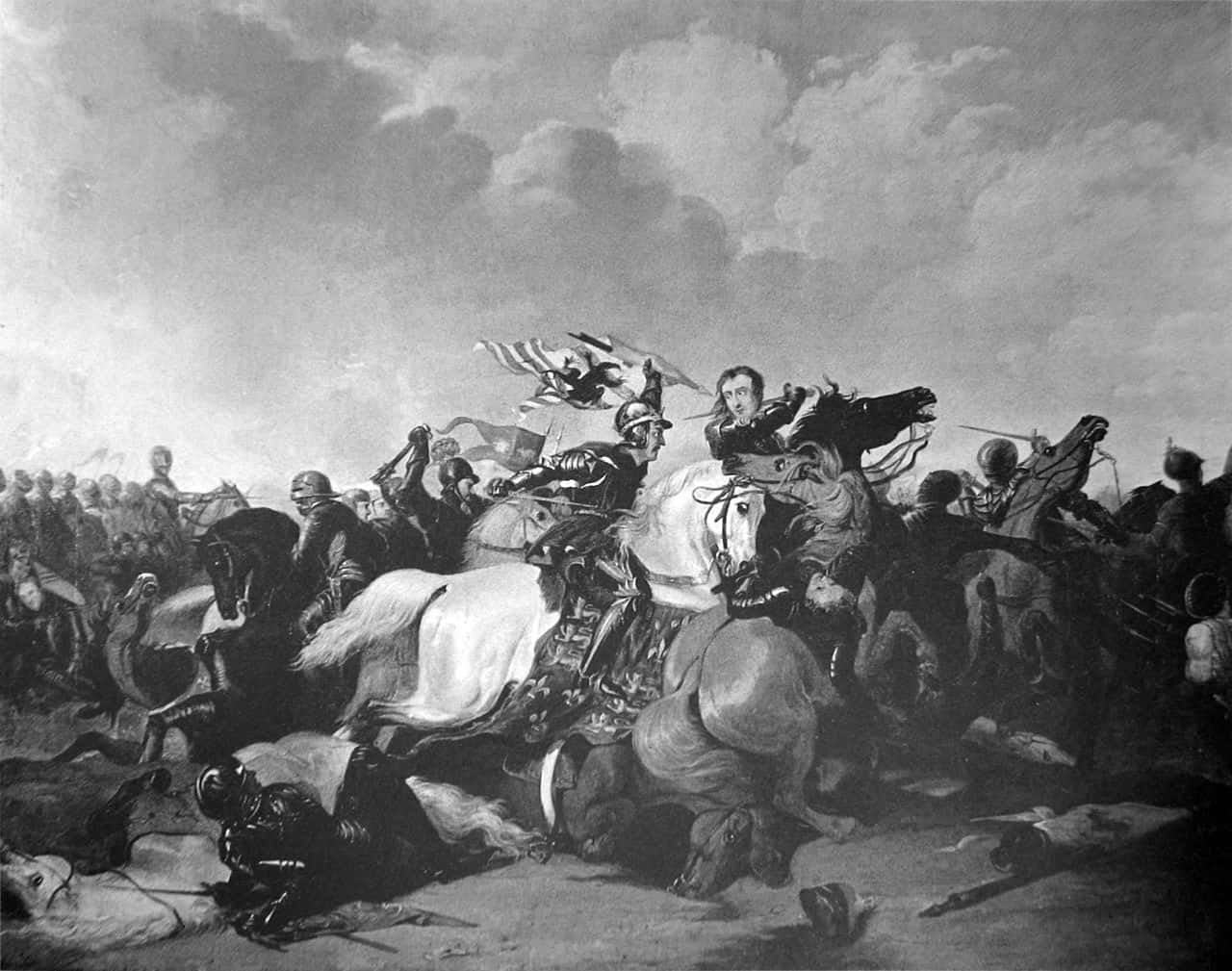 Abraham Cooper, Wikimedia Commons
Abraham Cooper, Wikimedia Commons
39. He Had The Advantage
Richard III had spent half of his life on the battlefield. He was more than ready to meet the green Henry Tudor in battle. He set up his infantry on top of a hill, with the Earl of Northumberland leading a large force on his left flank, in case he needed any support in the fray. The fighting started with Richard sure of his victory—and that's always a good way to lose.
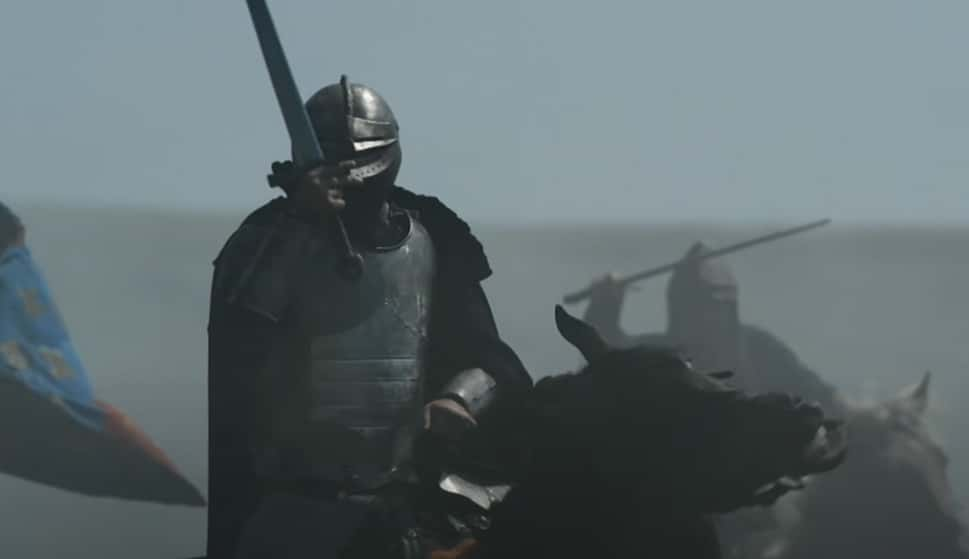 Channel 5 Productions, Britain's Bloody Crown (2016)
Channel 5 Productions, Britain's Bloody Crown (2016)
40. He Was Betrayed
As the fighting wore on, Richard's force started losing ground bit by bit. The time came to call in Northumberland's men and put an end to Henry Tudor once and for all. That's when disaster struck for Richard III. He sent the signal to Northumberland, yet no help came. The minutes stretched by, and yet those 4,000 men refused to budge.
Richard didn't have time to question whether his message was interrupted or whether he was betrayed—he was suddenly fighting for his life. In those desperate moments, Richard gazed across the battlefield, and his eyes locked on one man.
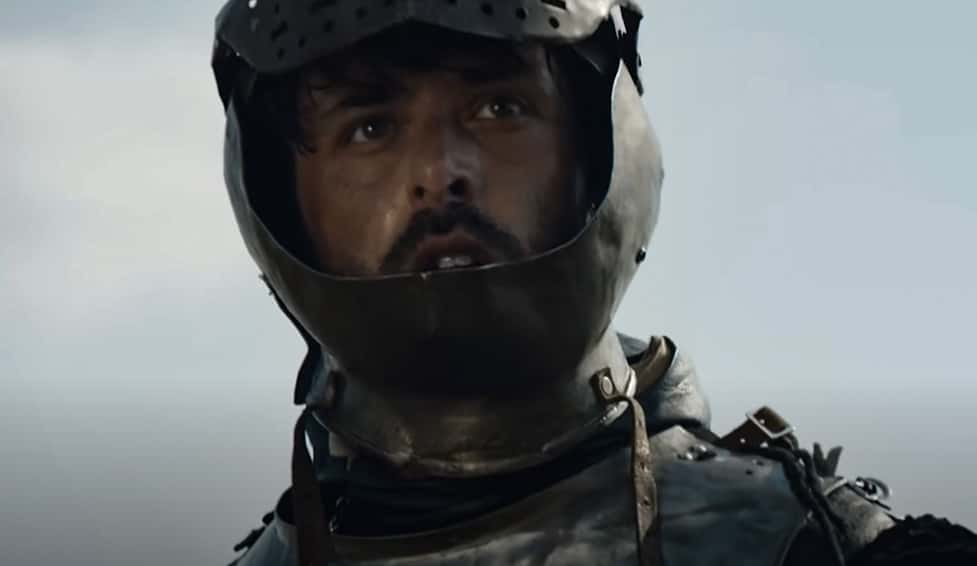 Channel 5 Productions, Britain's Bloody Crown (2016)
Channel 5 Productions, Britain's Bloody Crown (2016)
41. He Set His Sights On Tudor
From the middle of the fray, Richard saw Henry Tudor himself, sitting on his horse a little ways back from the front line. Richard made some quick calculations and came to a decision. If Northumberland wasn't coming, he needed to end this fight immediately, and the only way to do that was to strike down the enemy's leader.
It was risky, but it was the best shot Richard had. After all, Henry Tudor had never seen battle, and Richard was one of England's fiercest warriors. One way or another, the Battle of Bosworth Field—and the Wars of the Roses with it—was about to end.
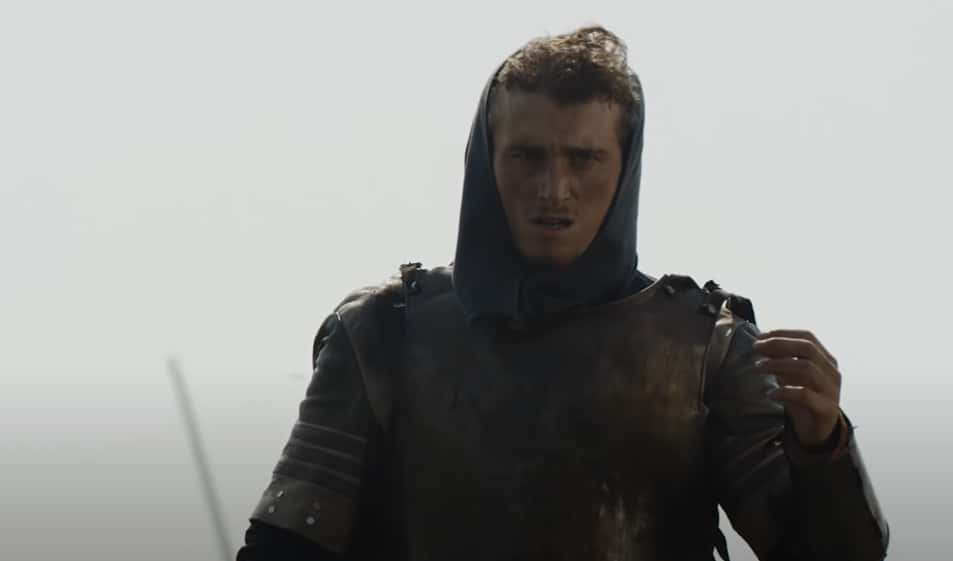 Channel 5 Productions, Britain's Bloody Crown (2016)
Channel 5 Productions, Britain's Bloody Crown (2016)
42. His Enemy Had A Trick Or Two
The King gathered his personal bodyguard and charged directly at Henry Tudor. Richard single-handedly cut down Henry's standard-bearer and unhorsed the massive John Cheyne, a grizzled mountain of a man who had once served his brother. He looked everywhere for his adversary, but it turns out, Henry Tudor wasn't as green as he seemed.
Sure, Henry wasn't the warrior Richard was, but he was crafty. When he saw Richard coming, he leaped off his horse and disguised himself among his men. It could only possibly buy him a few moments—but that was all he needed.
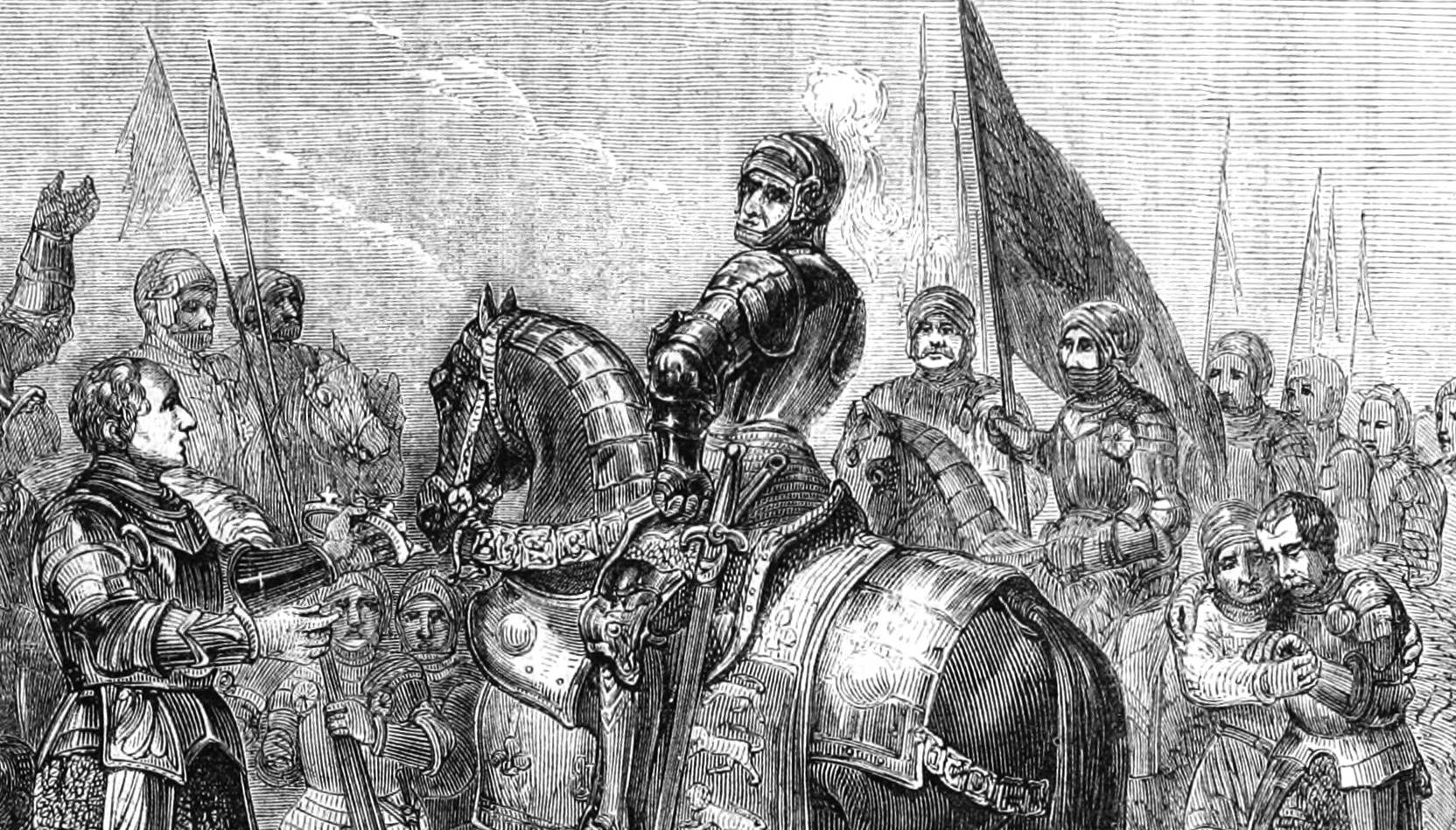 Unknown Author, Wikimedia Commons
Unknown Author, Wikimedia Commons
43. He Got So Close
Richard's initial charge threw Henry's men into disarray, but they eventually regained their composure. They surrounded their Lord and managed to hold their ground. Richard fought to within just a few sword lengths of Henry before the momentum slowly started to shift. Suddenly, Henry's men started pushing Richard backward. Step by step, Richard found himself further and further from his prey.
He'd been mere moments from victory, but now, Richard III was on his heels.
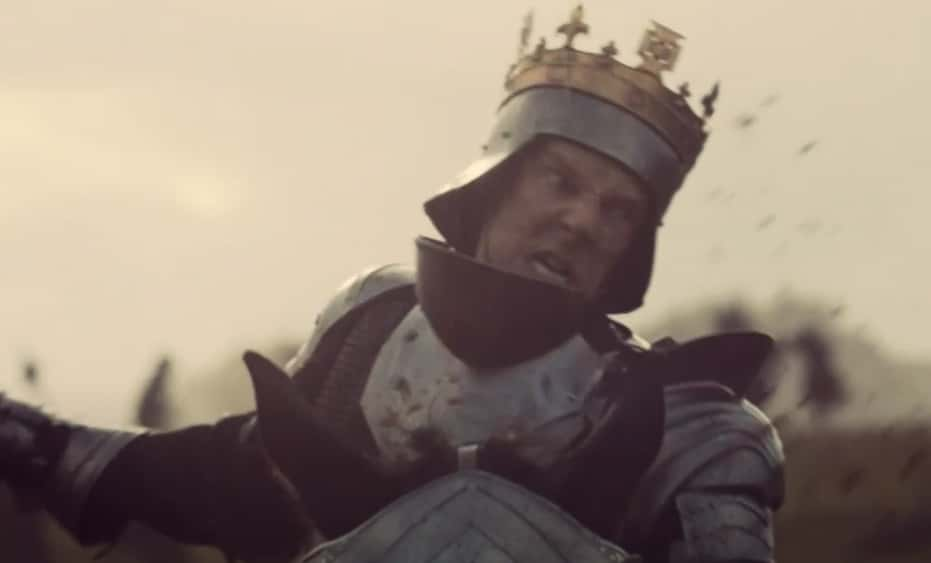 BBC, The Hollow Crown (2012–2016)
BBC, The Hollow Crown (2012–2016)
44. He Fell From His Horse
Henry's men dug in and managed to push Richard back several hundred yards to the edge of a swampy marsh. Richard's horse lost its footing in the wet ground and tumbled, throwing the king to the ground. With Henry's men surrounding him, Richard's defeat seemed inevitable. A sensible man would have waved the white flag. But Richard III had gone through hell and back to become King of England. Surrender was not an option.
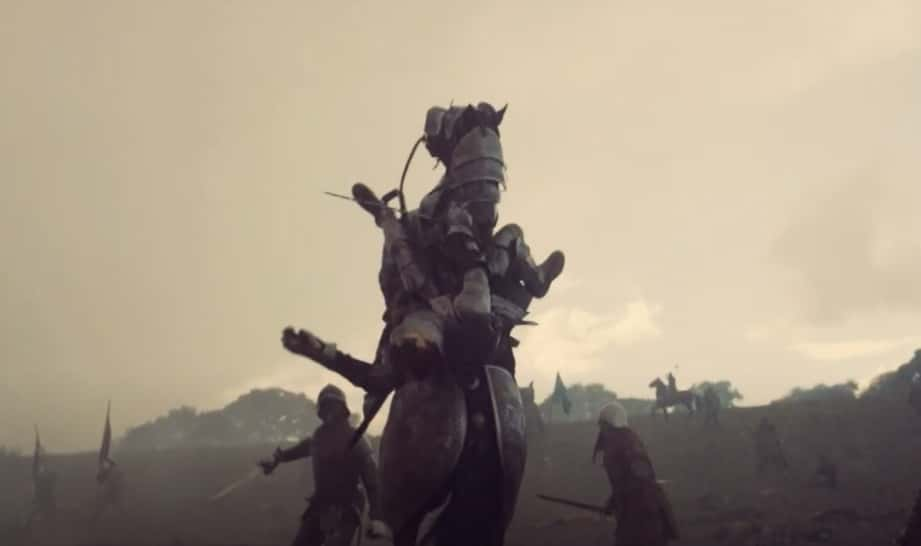 BBC, The Hollow Crown (2012–2016)
BBC, The Hollow Crown (2012–2016)
45. He Gave A Legendary Battlecry
Richard's men began to sense their doom. Many had lost their lives, and others were giving up—but Richard III was going to fight to the very last. He gathered his men about him, then gave one of the most legendary battle cries in history: "God forbid that I retreat one step. I will either win the battle as a king, or die as one." And that he did.
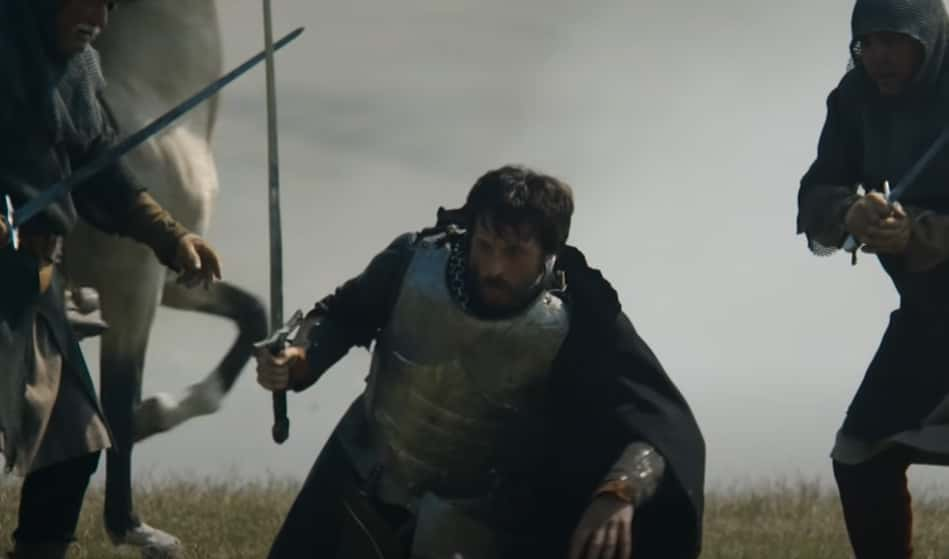 Channel 5 Productions, Britain's Bloody Crown (2016)
Channel 5 Productions, Britain's Bloody Crown (2016)
46. His Men Started To Fall
One by one, Henry's forces cut down Richard's bodyguards. His bannerman, Sir Percival Thirwall, couldn't stand by the end, but he managed to keep holding Richard's banner aloft until one of Tudor's men finally put an end to him. Sir James Harrington, one of Richard's greatest knights, lost his life in the initial charge. Soon after, one of Richard's closest advisors and friends, Richard Ratcliffe, was slain as well.
In the end, Richard III found himself fighting alone.
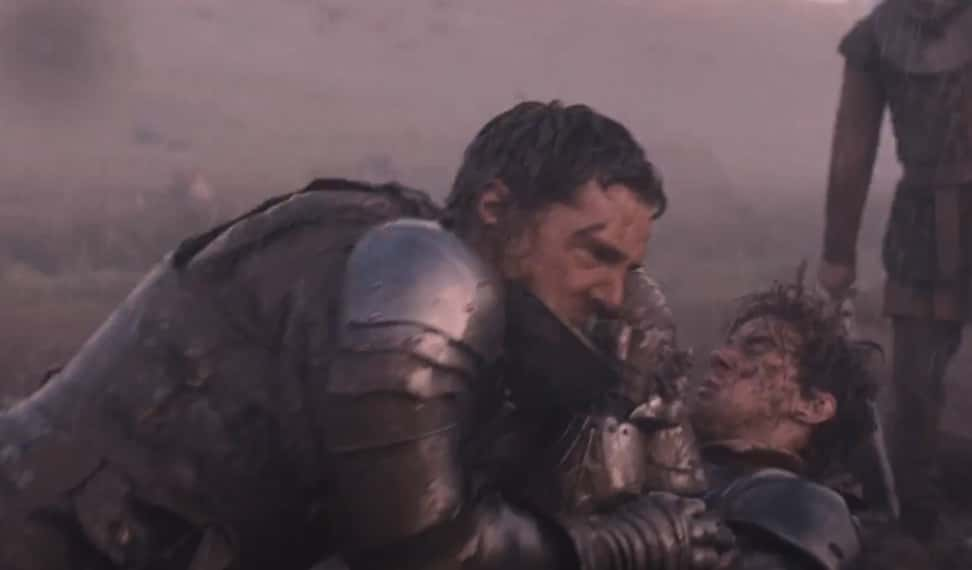 BBC, The Hollow Crown (2012–2016)
BBC, The Hollow Crown (2012–2016)
47. The Blow That Felled Him Was Brutal
According to some sources, Richard III spent his final moments with a single word on his lips: "Treason!" True or not, no matter what he cried in the heat of battle, it couldn't save him. Henry Tudor's men surrounded the king before one soldier delivered the final blow—a halberd strike to the head that was apparently so violent, it drove Richard's helmet into his skull.
With that, the brutal life of Richard III finally came to an end. He'd only ruled as king for two years.
 BBC, The Hollow Crown (2012–2016)
BBC, The Hollow Crown (2012–2016)
48. His Forces Disintegrated
Word of Richard's demise quickly spread across the battlefield, and his men crumbled. The Earl of Northumberland took his 4,000 men and fled, putting an end to any hopes of a rally. According to reports, Henry's men pulled Richard's circlet off of his head and crowned their lord King Henry VII right there on the battlefield, by right of conquest.
The reign of Richard III was officially over—and yet his enemies had one final humiliation in store for him.
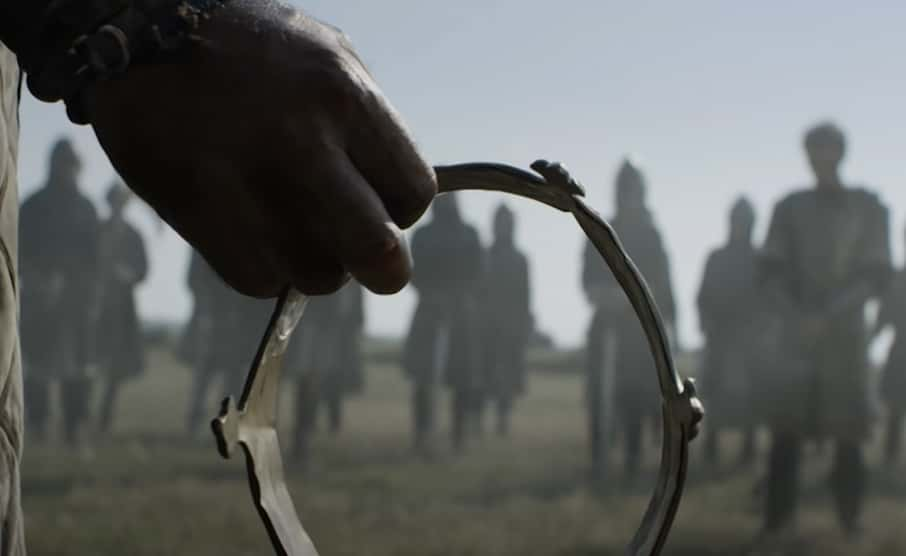 Channel 5 Productions, Britain's Bloody Crown (2016)
Channel 5 Productions, Britain's Bloody Crown (2016)
49. His Enemies Humiliated Him
Henry Tudor had his men strip Richard III's body and strapped to the back of a horse. They dragged him back to the nearby city of Leicester, where they displayed his humiliated corpse for everyone to see. The king was dead, long live the king. Two days later, Henry buried the remains in a plain tomb at the Church of the Greyfriars. Hardly a fitting resting place for a king.
Eventually, the years passed, and Richard's grave was completely forgotten for centuries—until archaeologists finally found it in the unlikeliest of places.
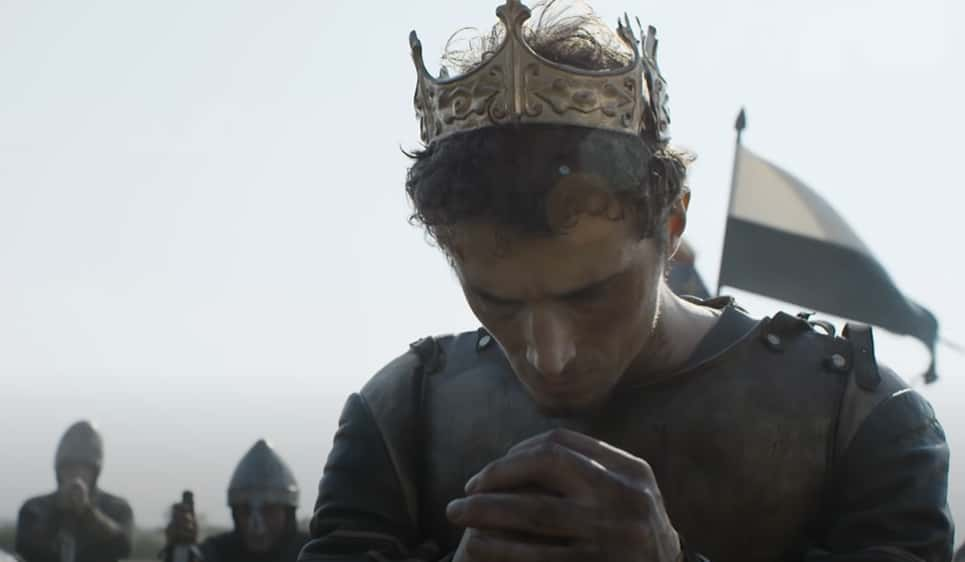 Channel 5 Productions, Britain's Bloody Crown (2016)
Channel 5 Productions, Britain's Bloody Crown (2016)
50. His Remains Stayed Lost For Centuries
Richard III was one of the few English kings whose final resting place was unknown—until 2012, when archaeologists made a remarkable discovery. Under a non-descript parking lot, they found a skeleton with some very specific traits. First of all, it had a twisted spine. Second, it had received some very brutal injuries, particularly to the head.
DNA testing eventually confirmed what everyone was thinking: It was Richard III.
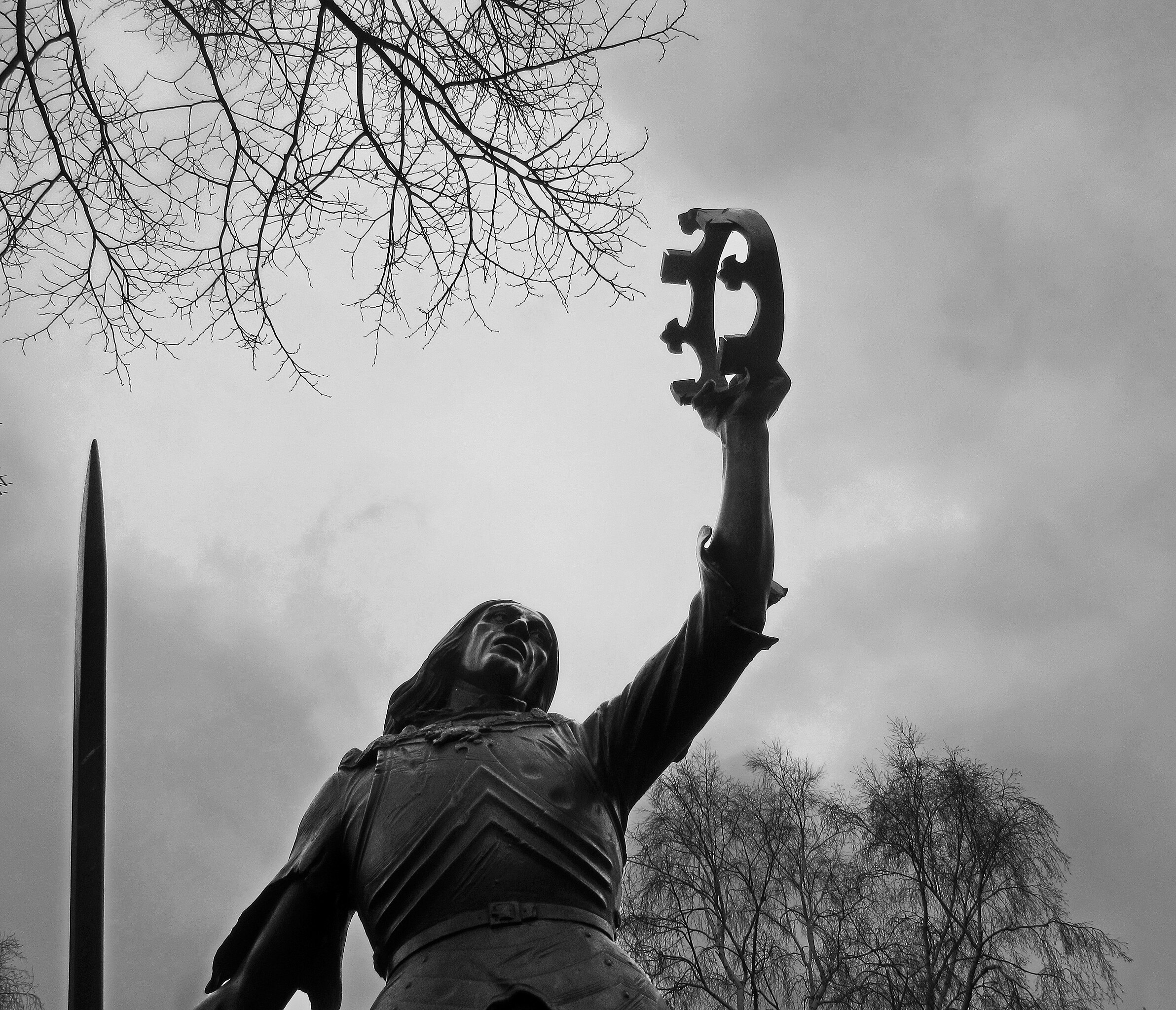 It's No Game, CC BY 2.0, Wikimedia Commons
It's No Game, CC BY 2.0, Wikimedia Commons
51. His Bones Painted A Grim Picture
The discovery of Richard's skeleton finally confirmed what we'd long assumed: Richard's end was absolutely brutal. His remains featured 11 gruesome wounds, nine of them to the head. A blade, likely a halberd, had completely sliced off part of the back of his skull. A terrible way to go—but rather fitting for a man like Richard III. Yet somehow, Richard's demise wasn't even the most disturbing part.
 Isananni, CC BY-SA 3.0, Wikimedia Commons
Isananni, CC BY-SA 3.0, Wikimedia Commons
52. His Enemies Were Cruel
The examination of Richard's remains not only proved his violent end, but also revealed several likely "posthumous humiliation injuries." Those are exactly what they sound like. Killing him wasn't enough—some of Henry Tudor's men decided to take it even further.
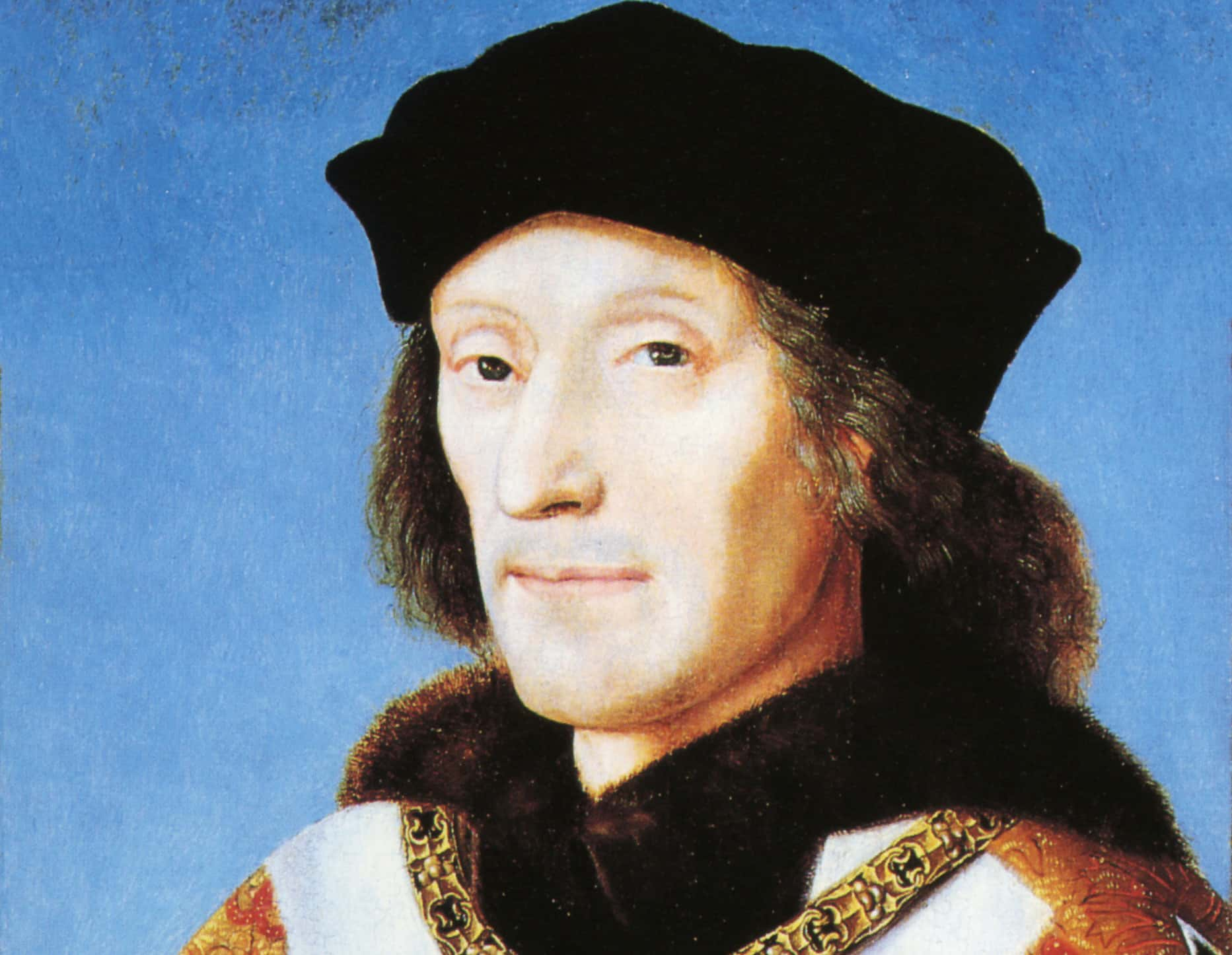 National Portrait Gallery, Wikimedia Commons
National Portrait Gallery, Wikimedia Commons
53. He Outlived His Wife
If there's one saving grace to Richard III's brutal end, it's that his wife Anne Neville didn't live long enough to find out what Henry Tudor was going to do to her now that he was king. Anne fell suddenly ill a few months before Bosworth Field and passed just days later. Richard reportedly wept openly at her funeral, a surprising show of tenderness from such a ruthless man. However, many suspected those were little more than crocodile tears.
Richard and Anne had struggled to produce an heir, and rumor had it that Richard himself poisoned his wife so he could marry someone younger and more fertile.
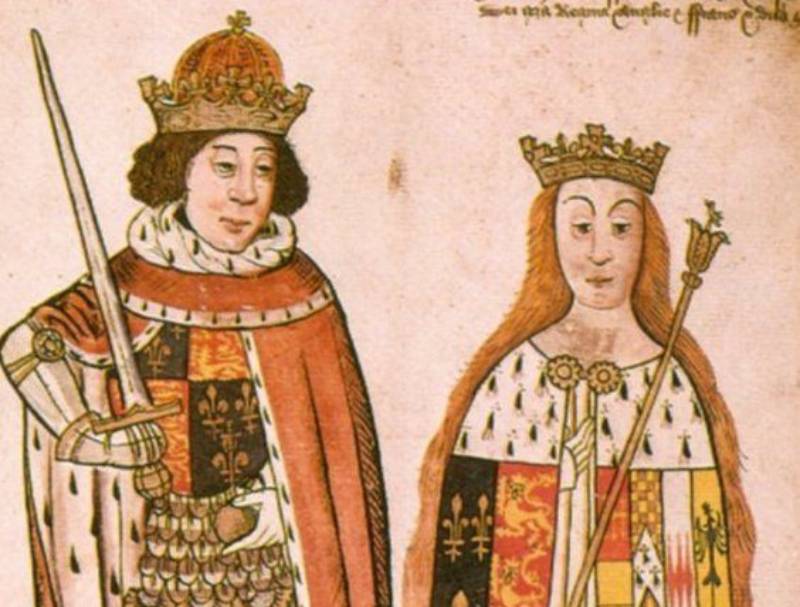 Unknown Author, Wikimedia Commons
Unknown Author, Wikimedia Commons
54. His Nephews Met An Unknown Fate
One final question remains: Whatever happened to the Princes in the Tower? Once Richard III became king, no one ever saw them again. Even to this day, no one knows their exact fate—though centuries later, some evidence arose. While renovating the Tower, workers discovered a wooden box under a staircase. They pried it open and made a chilling discovery: Two small skeletons lay inside.
Though no one has conclusively proven those bones belonged to the Princes, we know one thing: No one ever saw them alive again.

